This gallery shows 63+ high-quality and best-resolution Clock PNG Images, Vectors, Stickers, logos, Icons, and Clipart Pictures with transparent backgrounds.
Related Topics: Watch PNG | Camera PNG | TV PNG
Free download all the Clock PNG images for graphic design, projects, presentations, web design, editing, and other works.
Clock PNG images for free download:
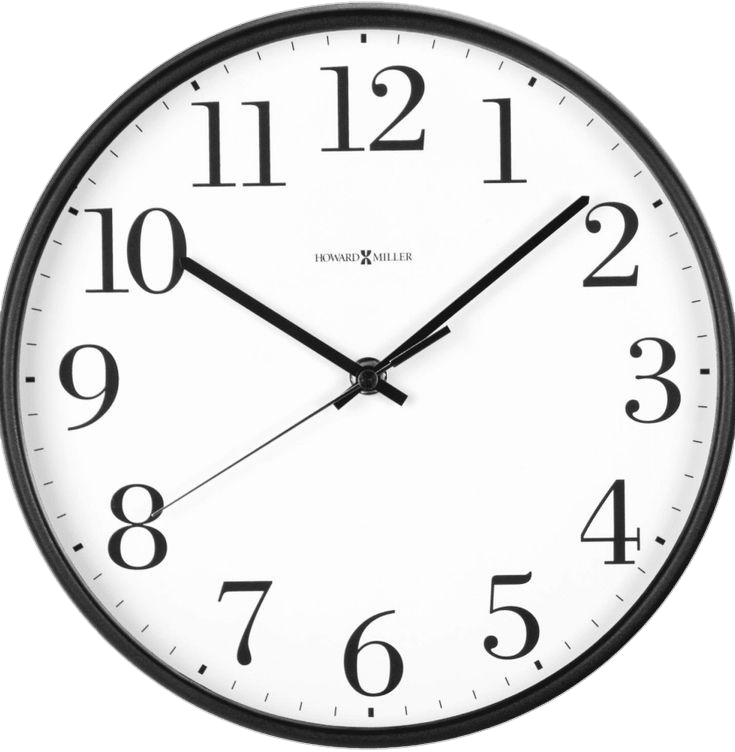


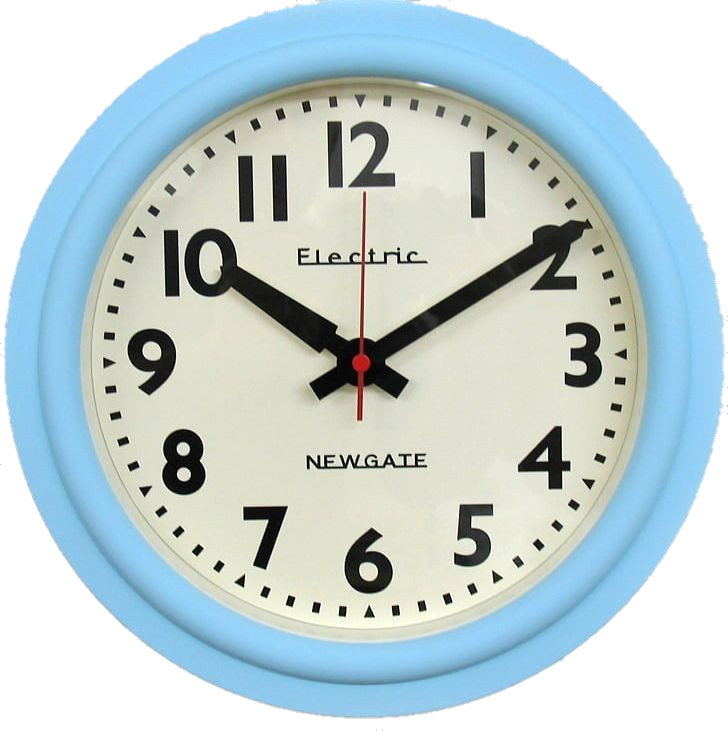
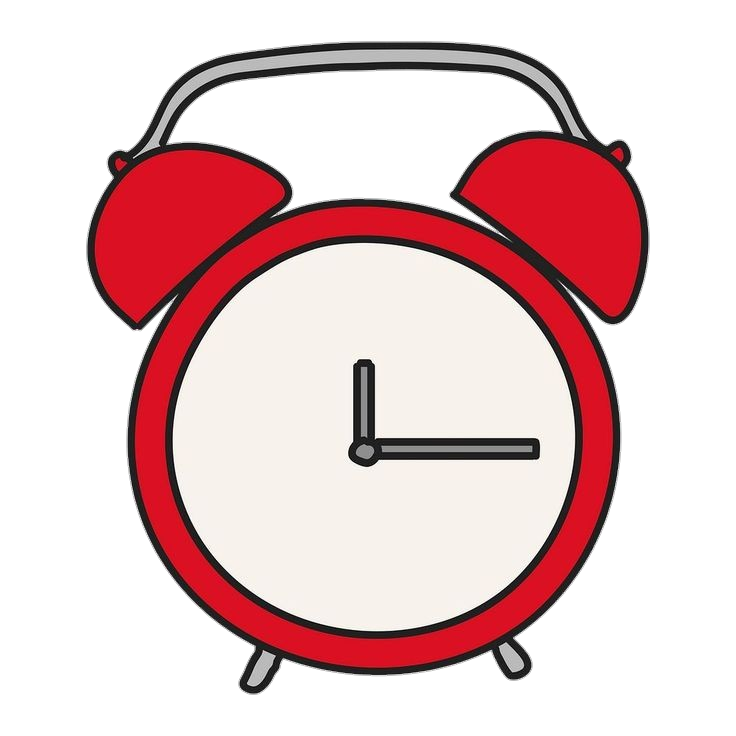
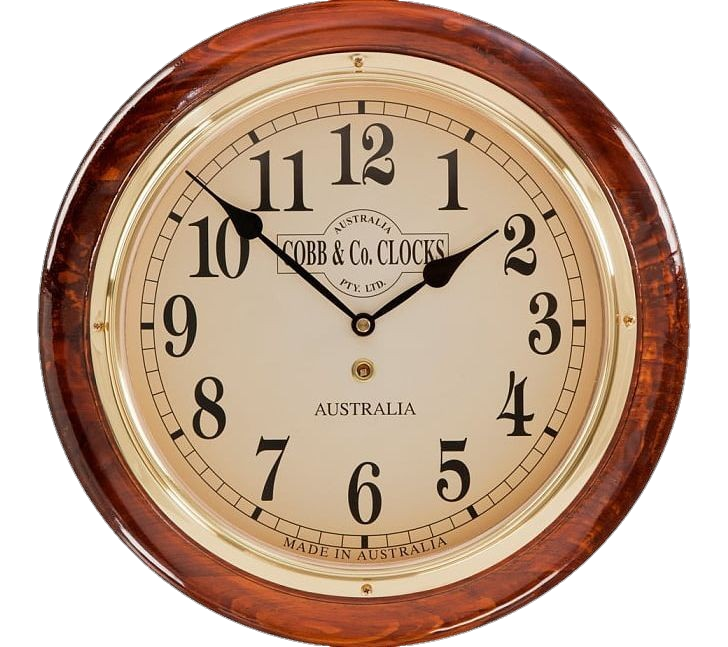

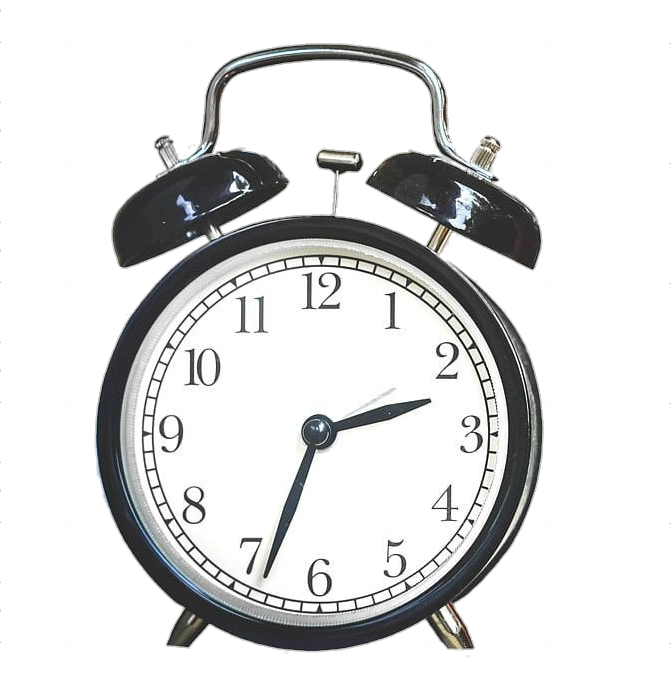
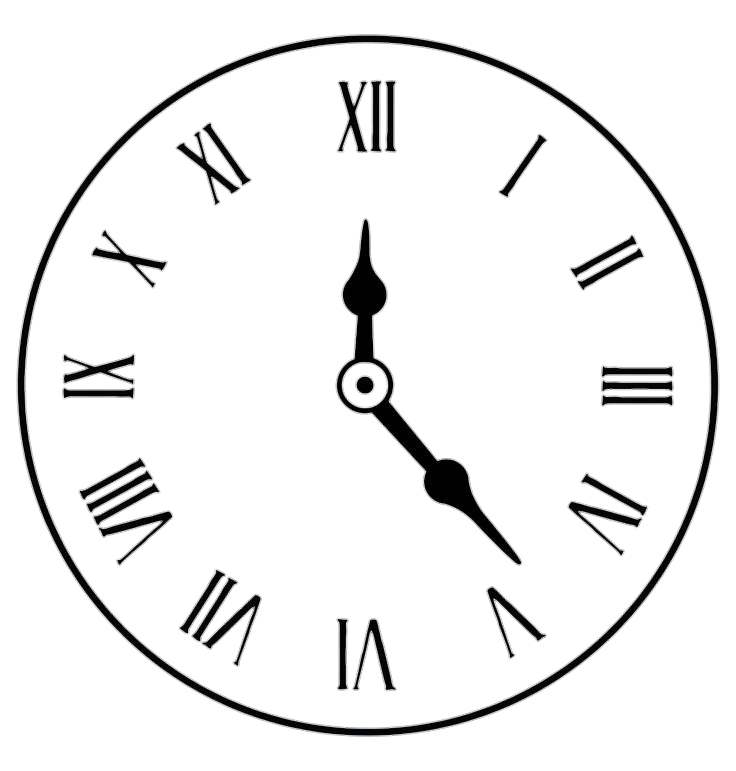

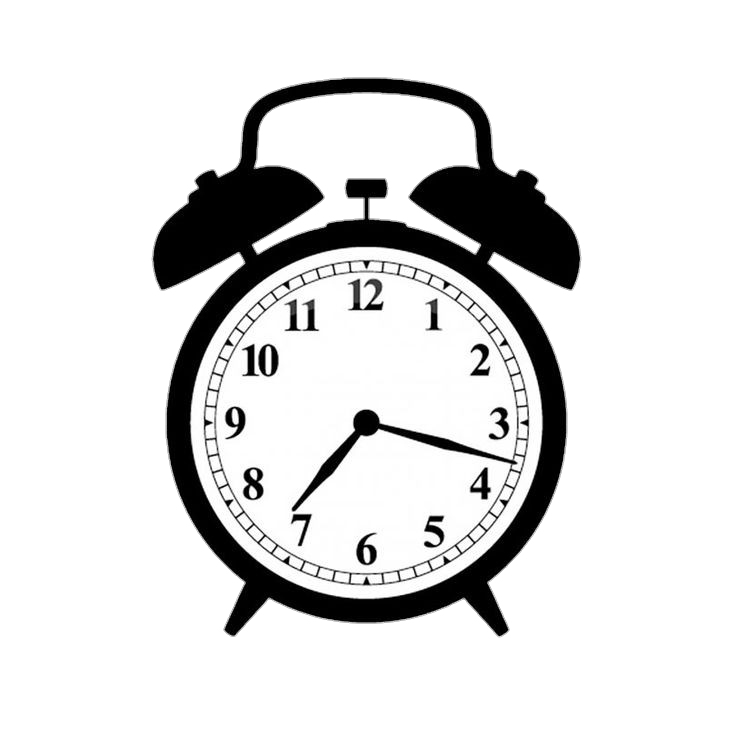
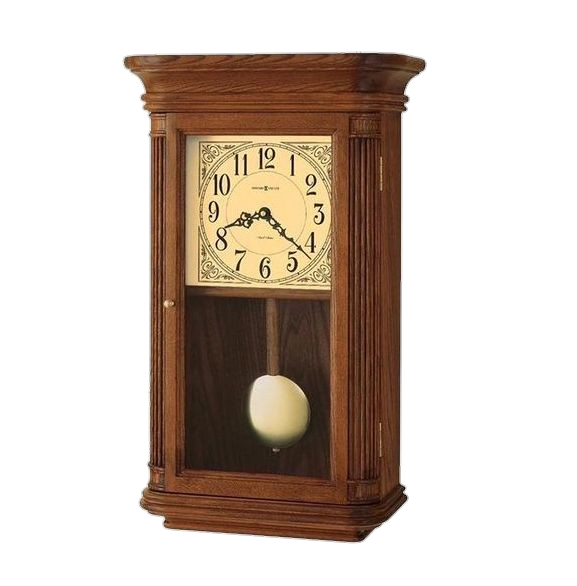
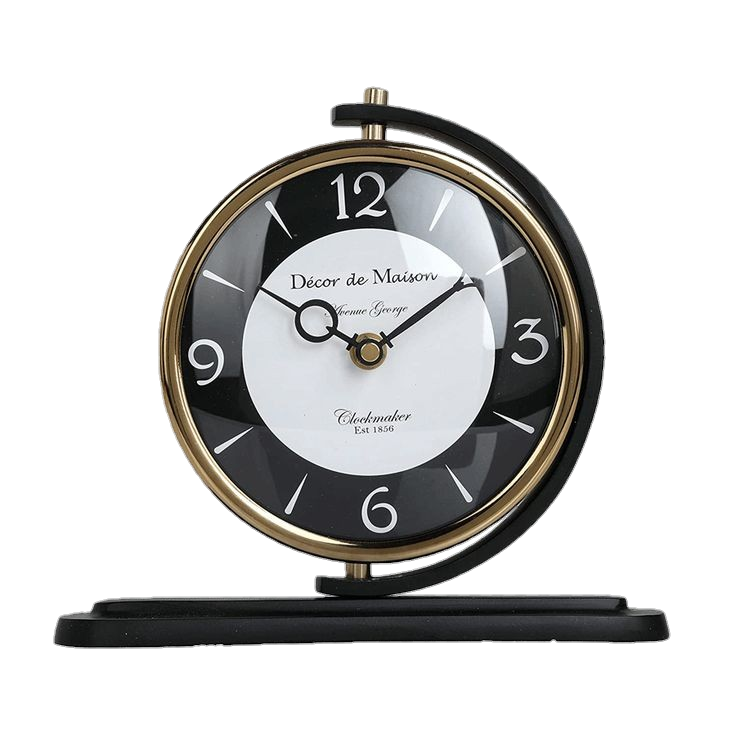
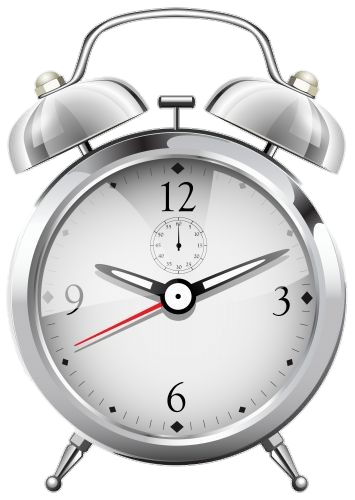
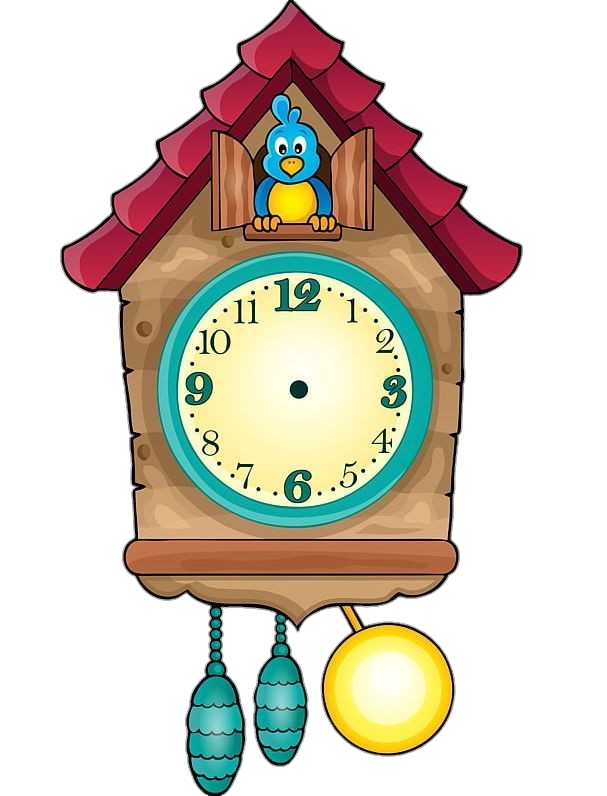
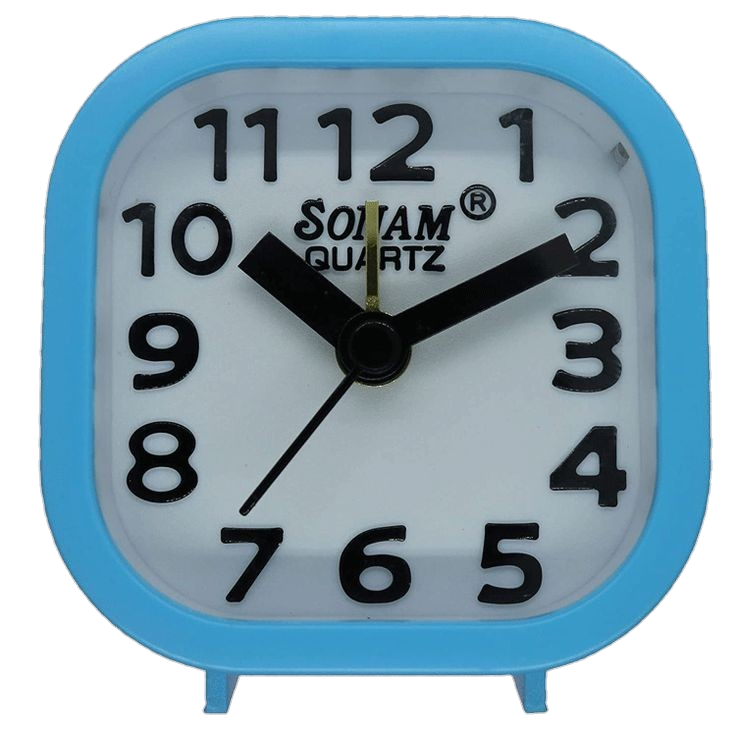
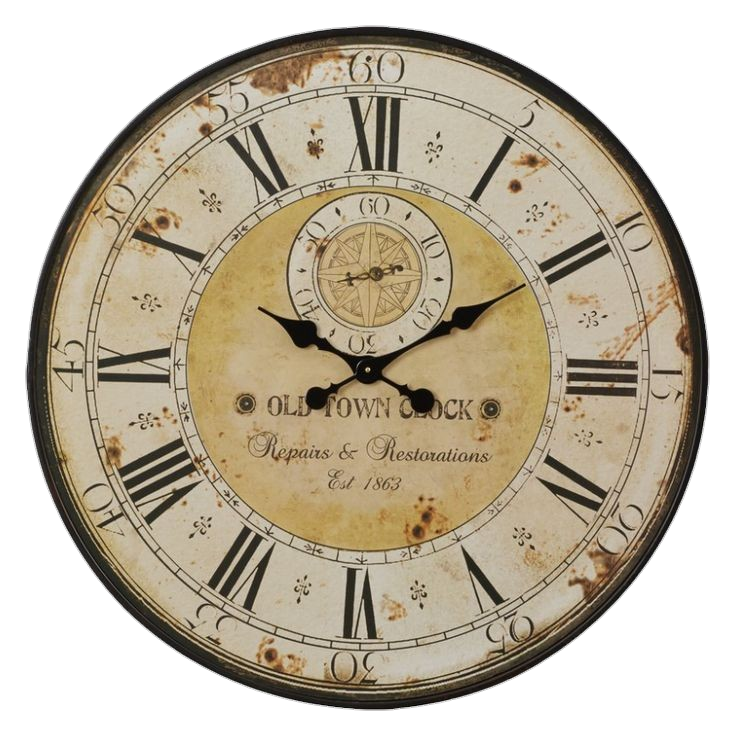
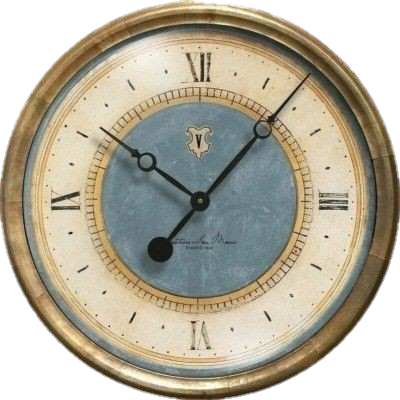
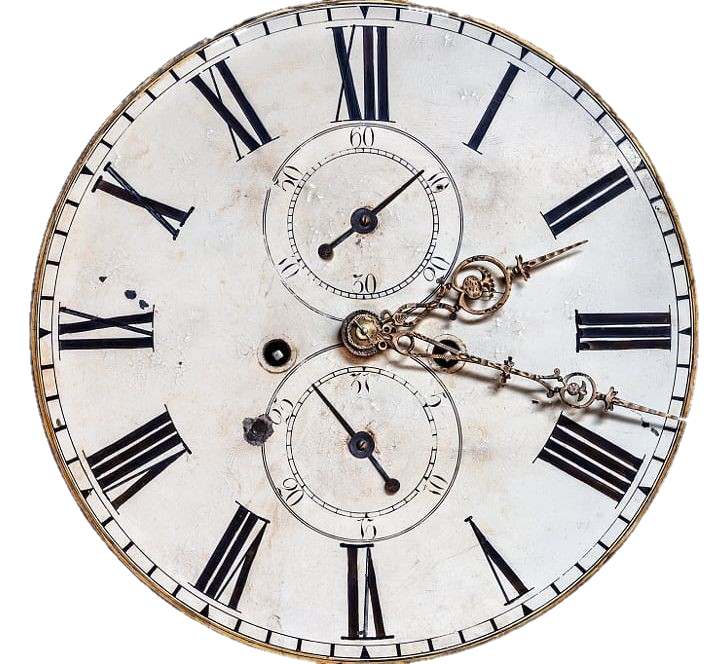

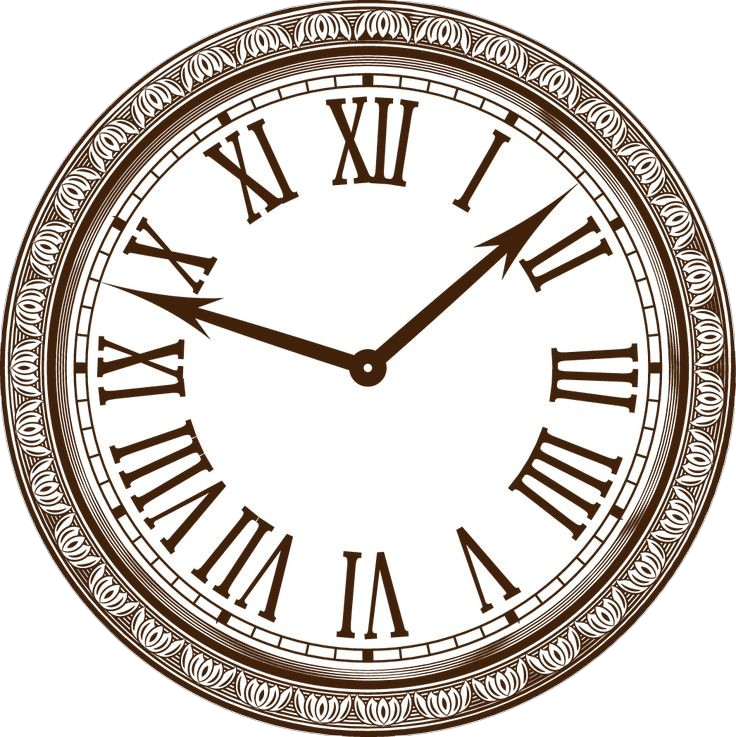
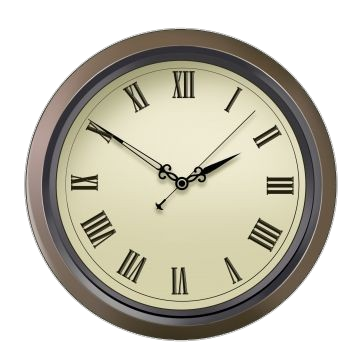
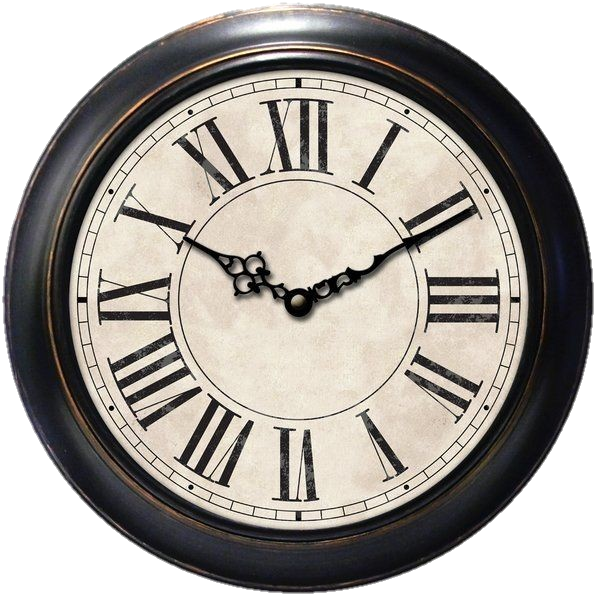
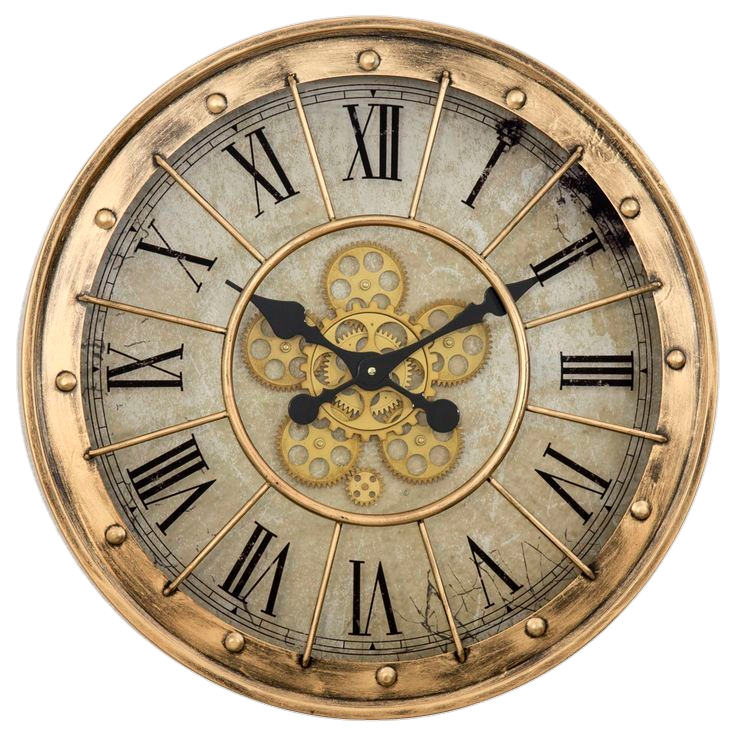
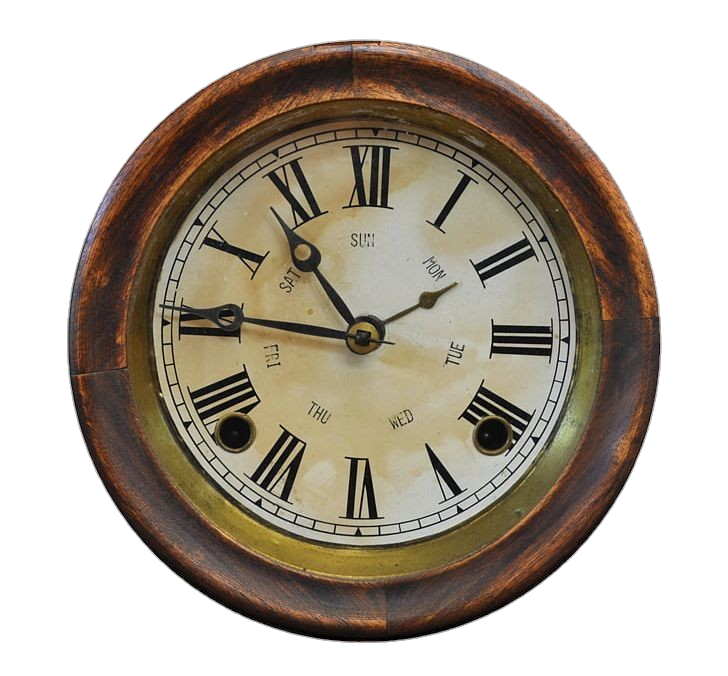
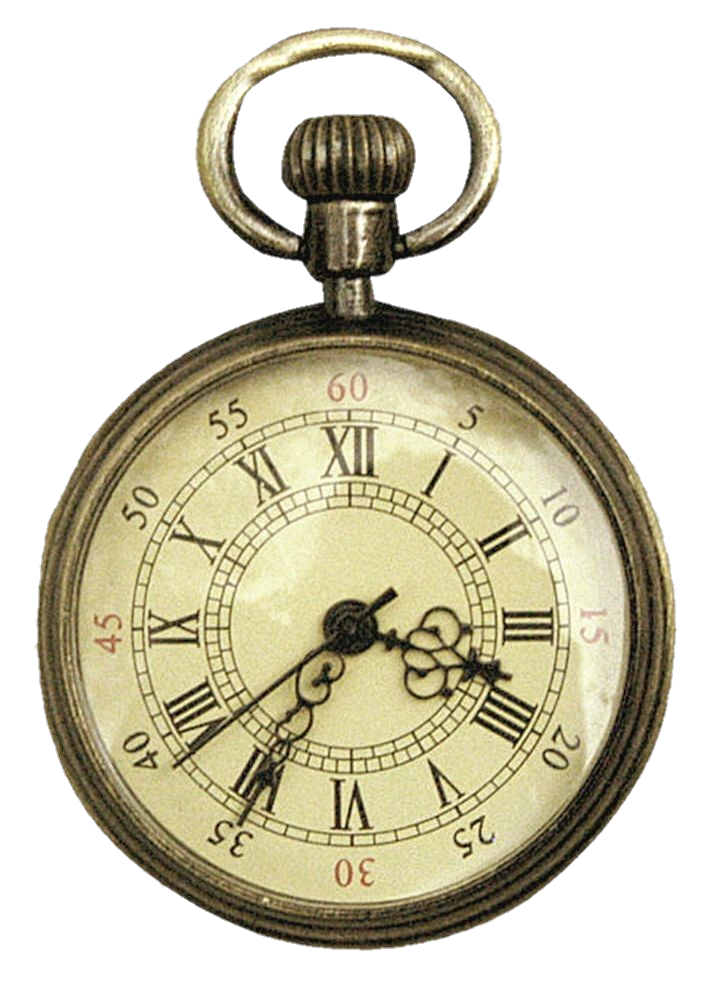
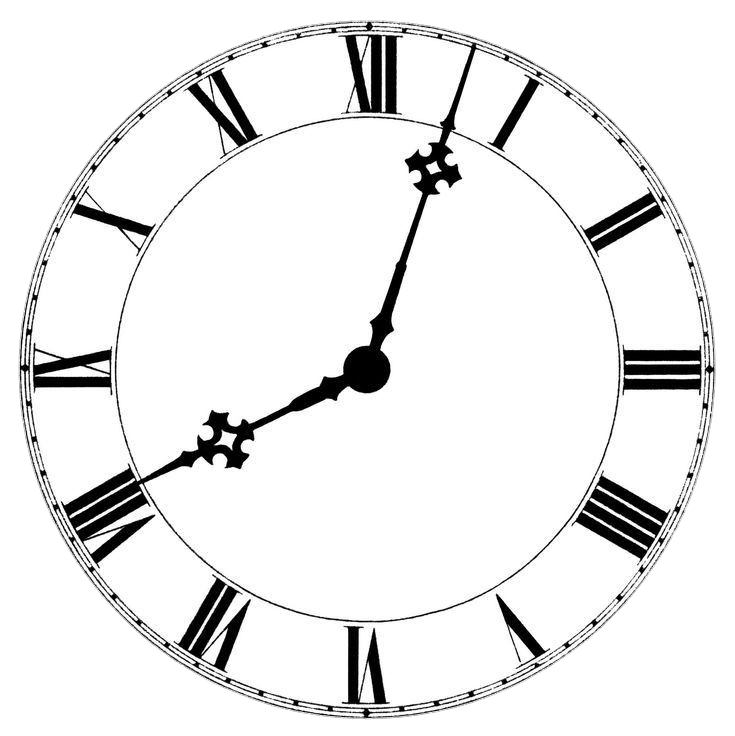
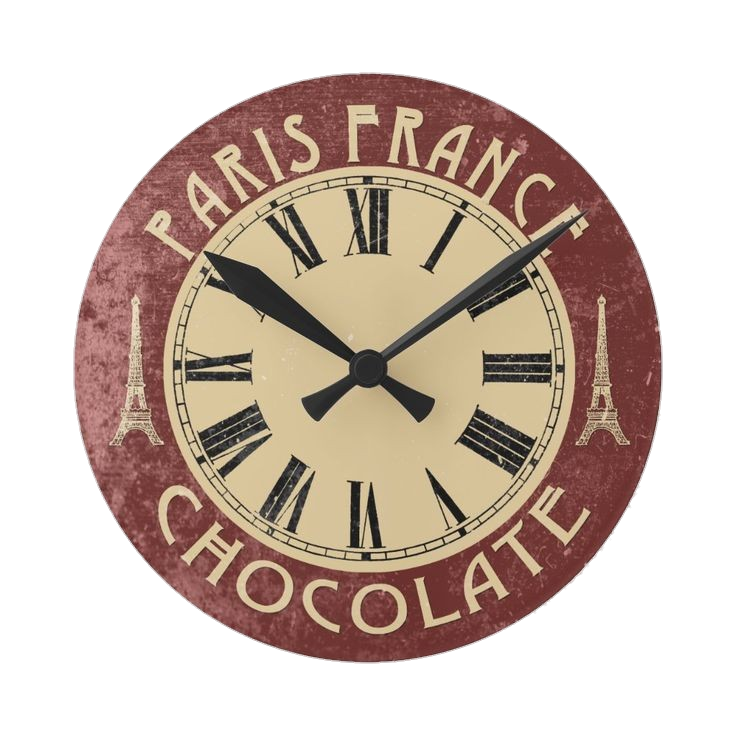

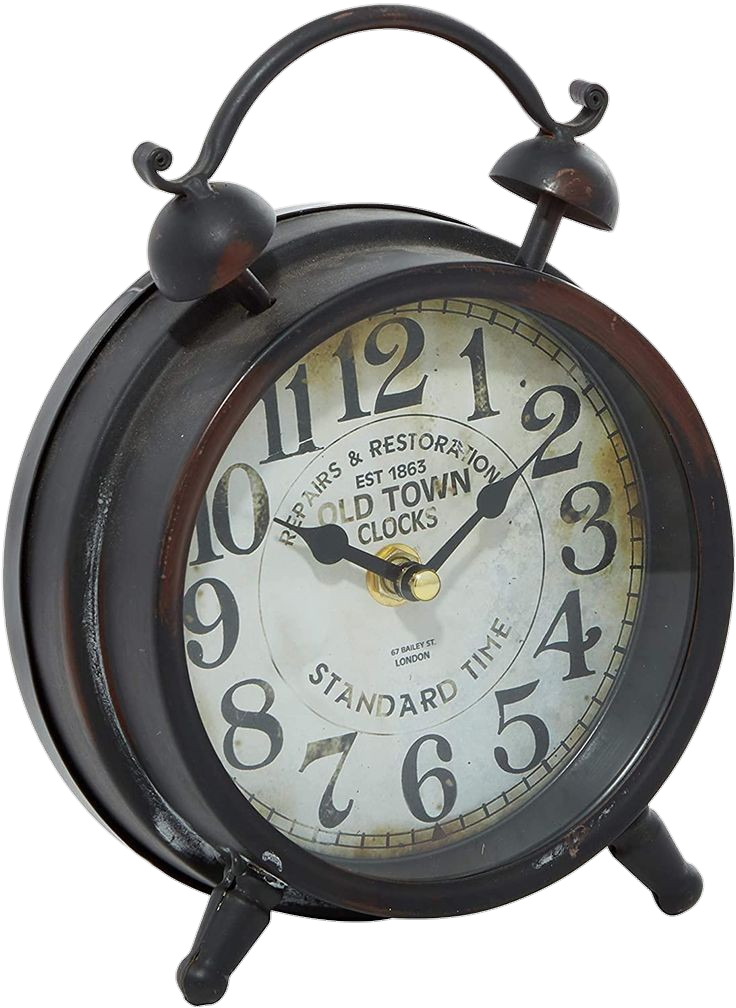
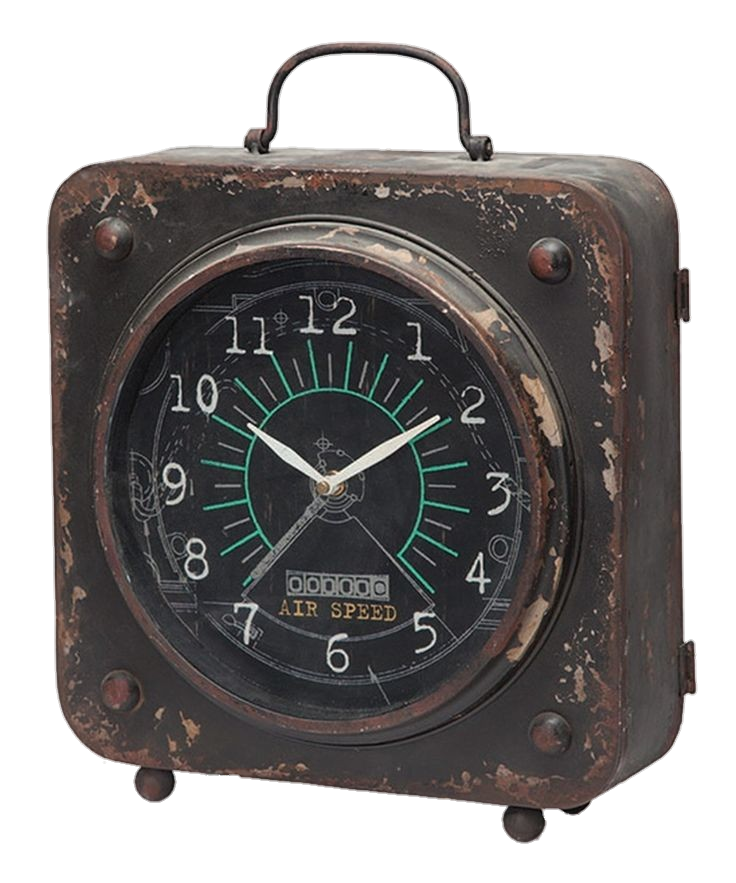
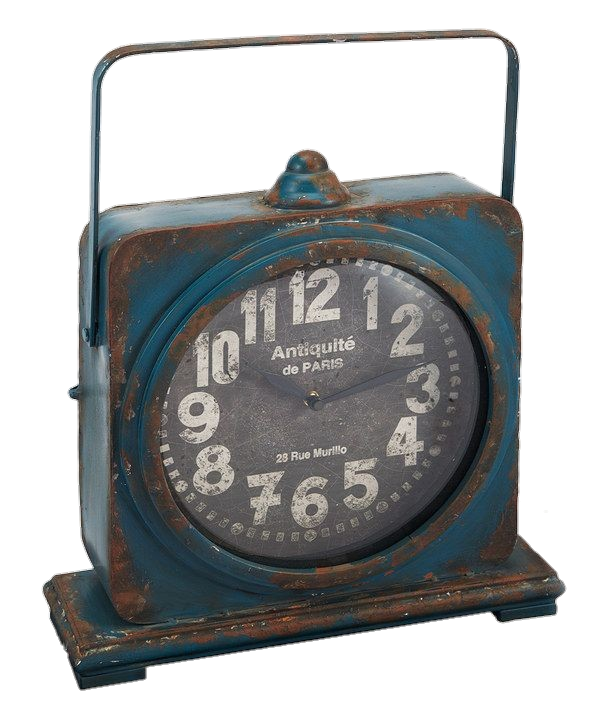
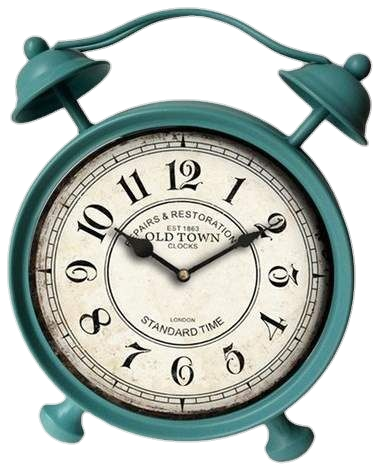


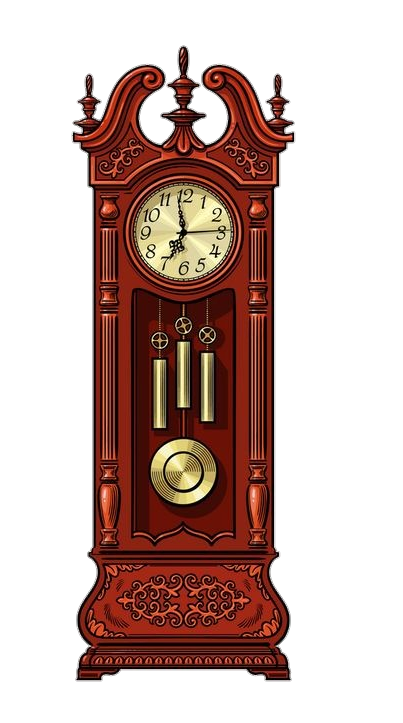
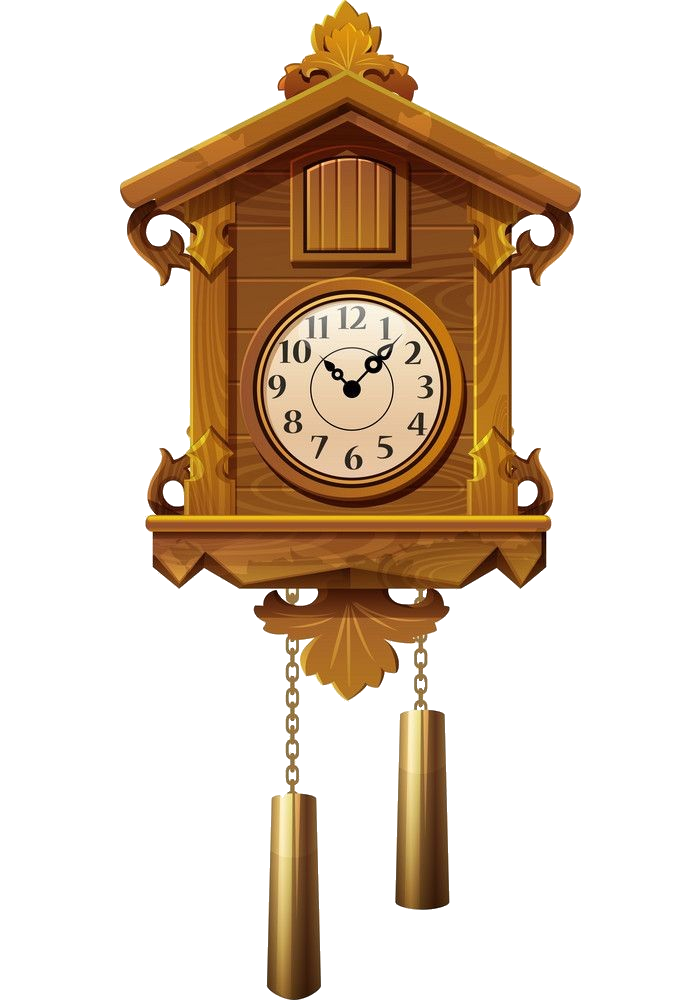
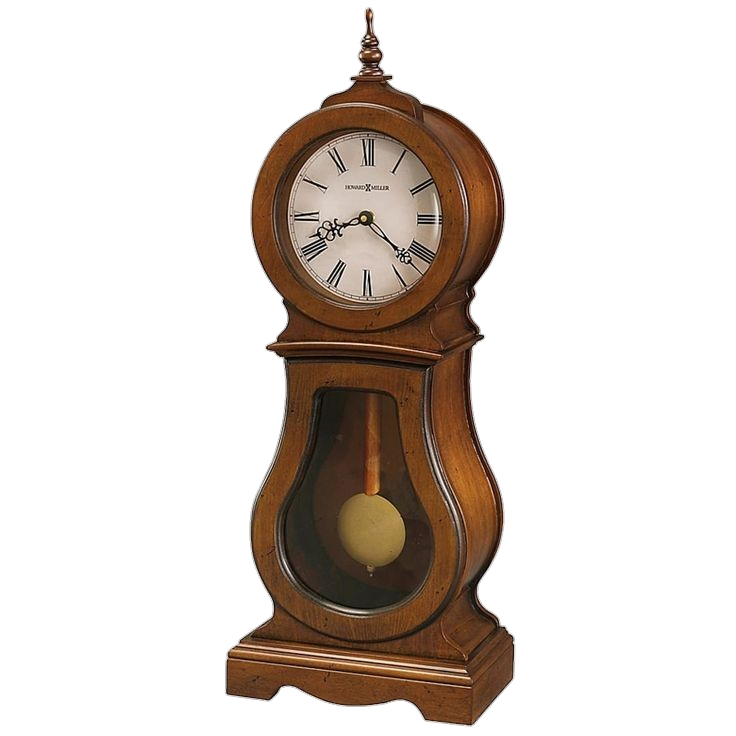
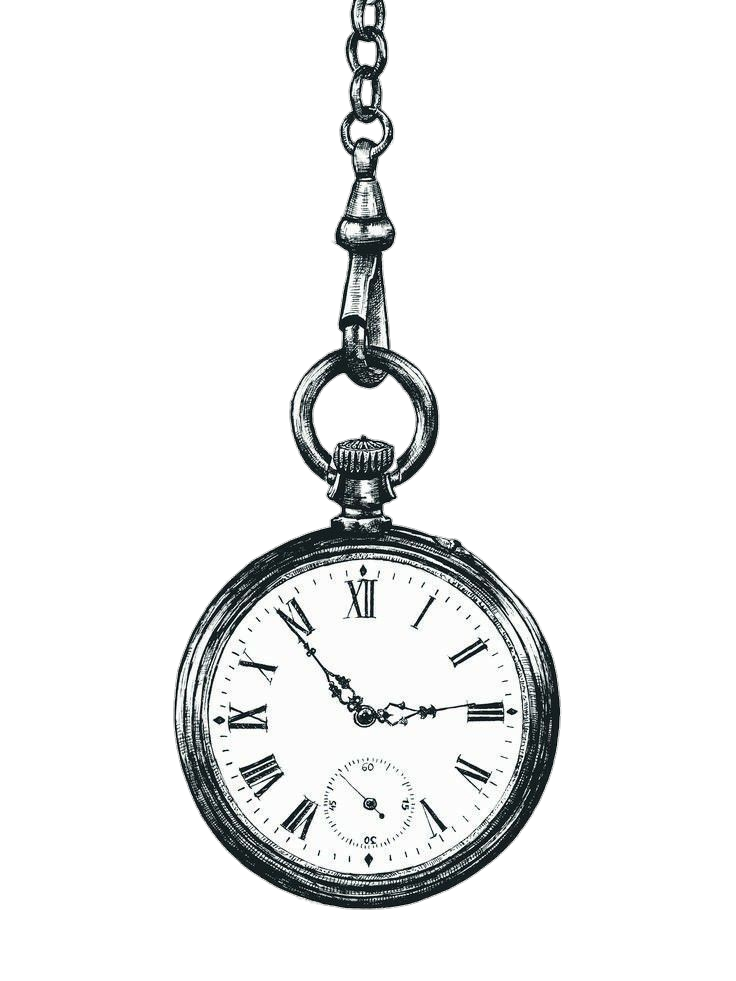
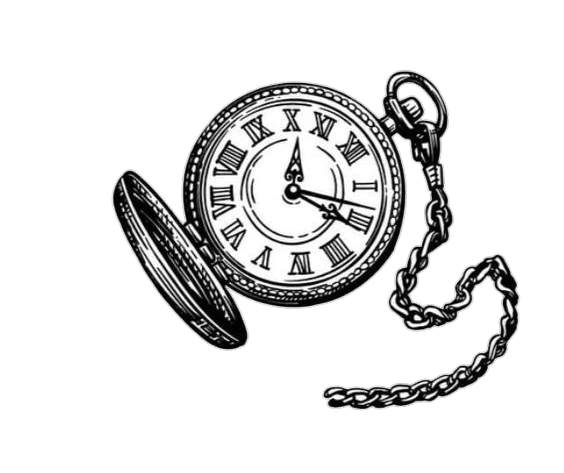
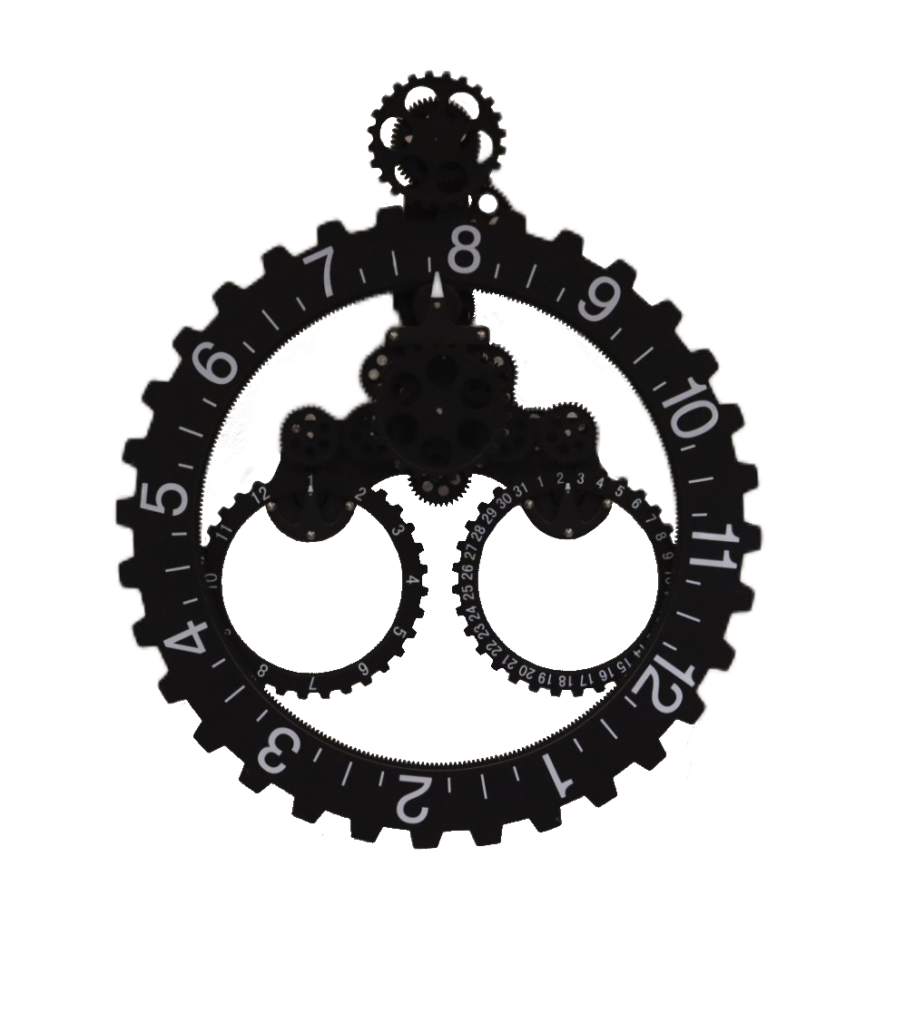
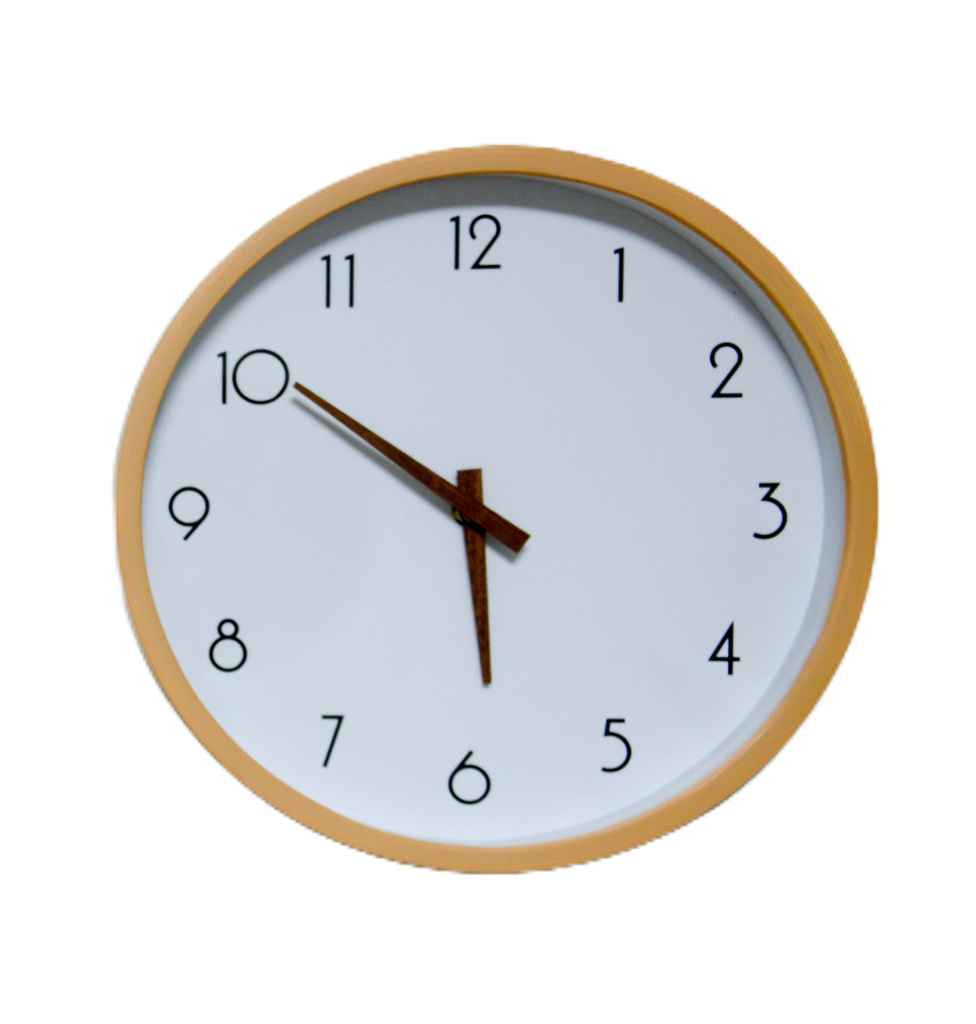
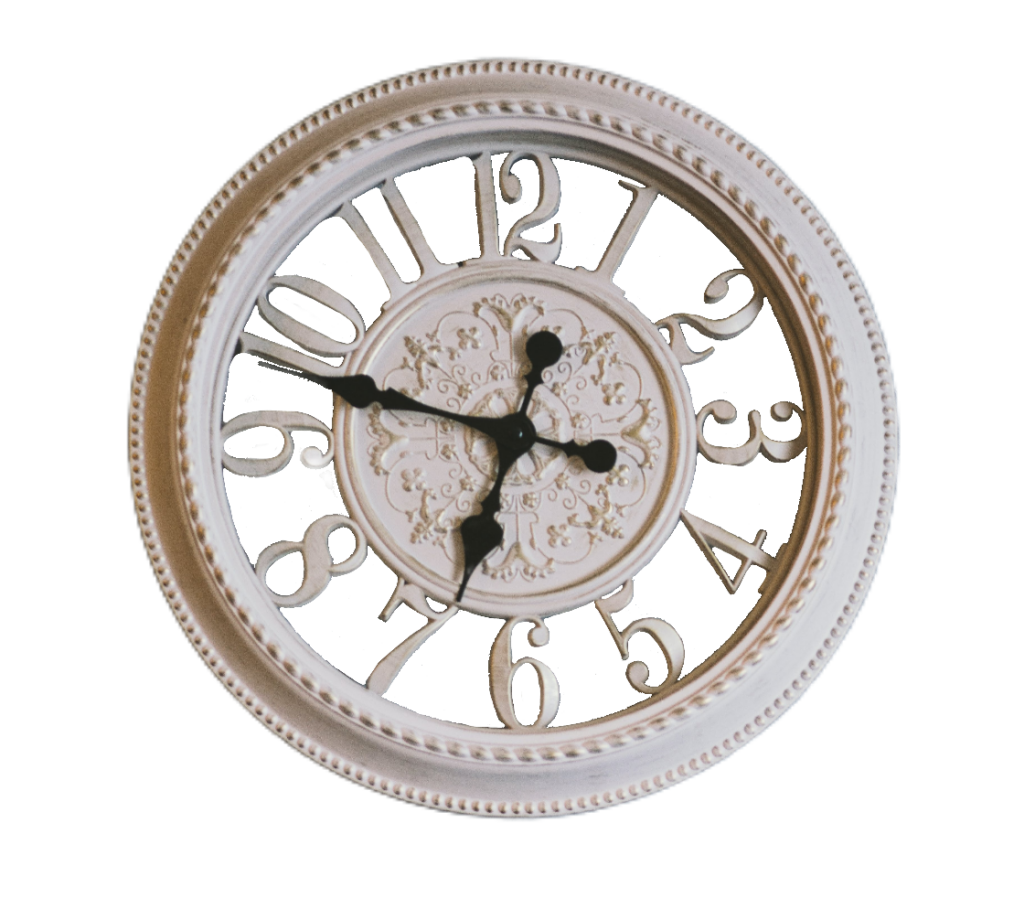
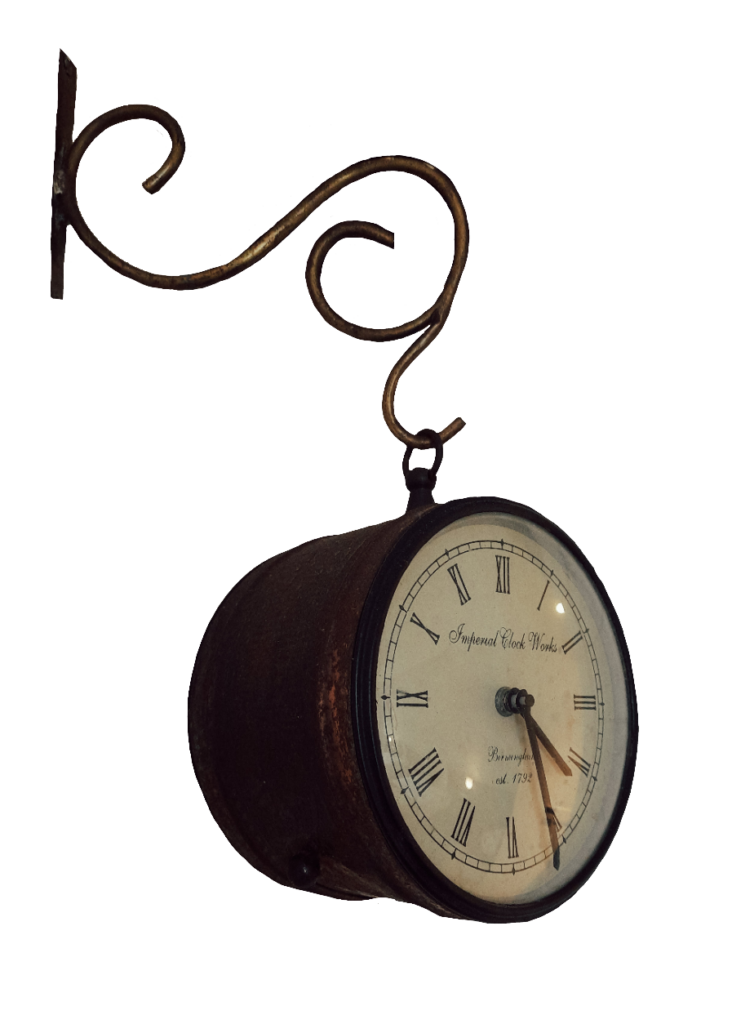
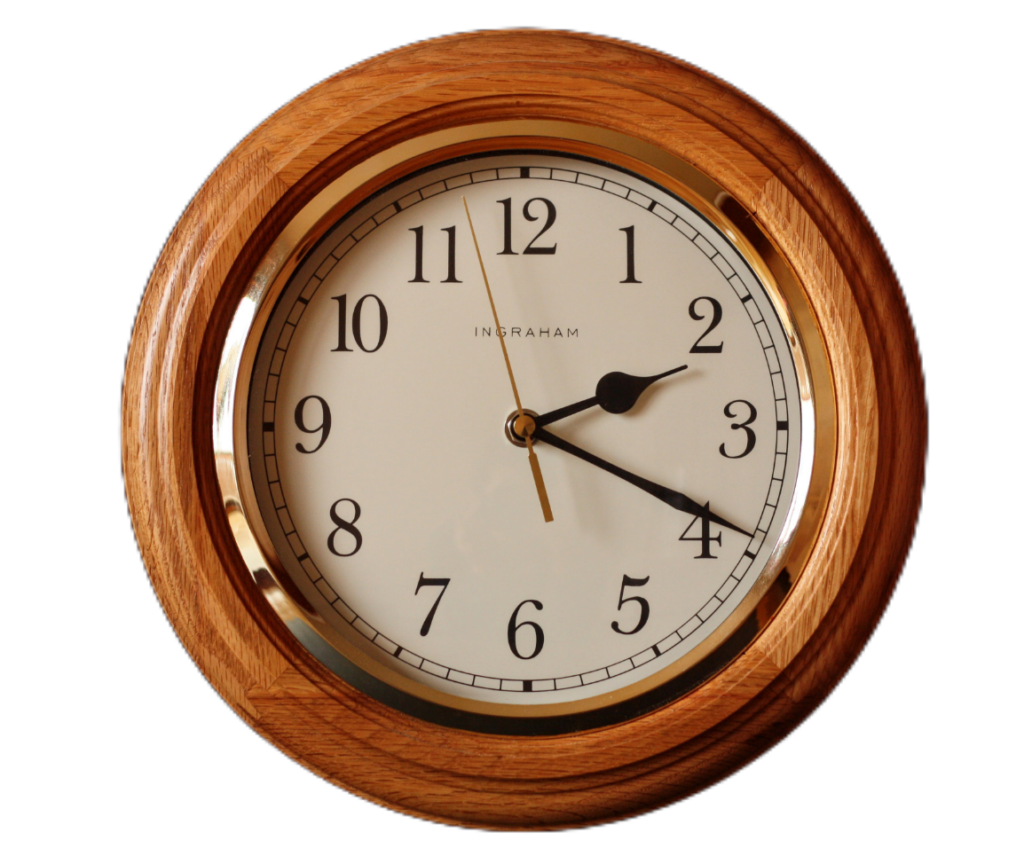
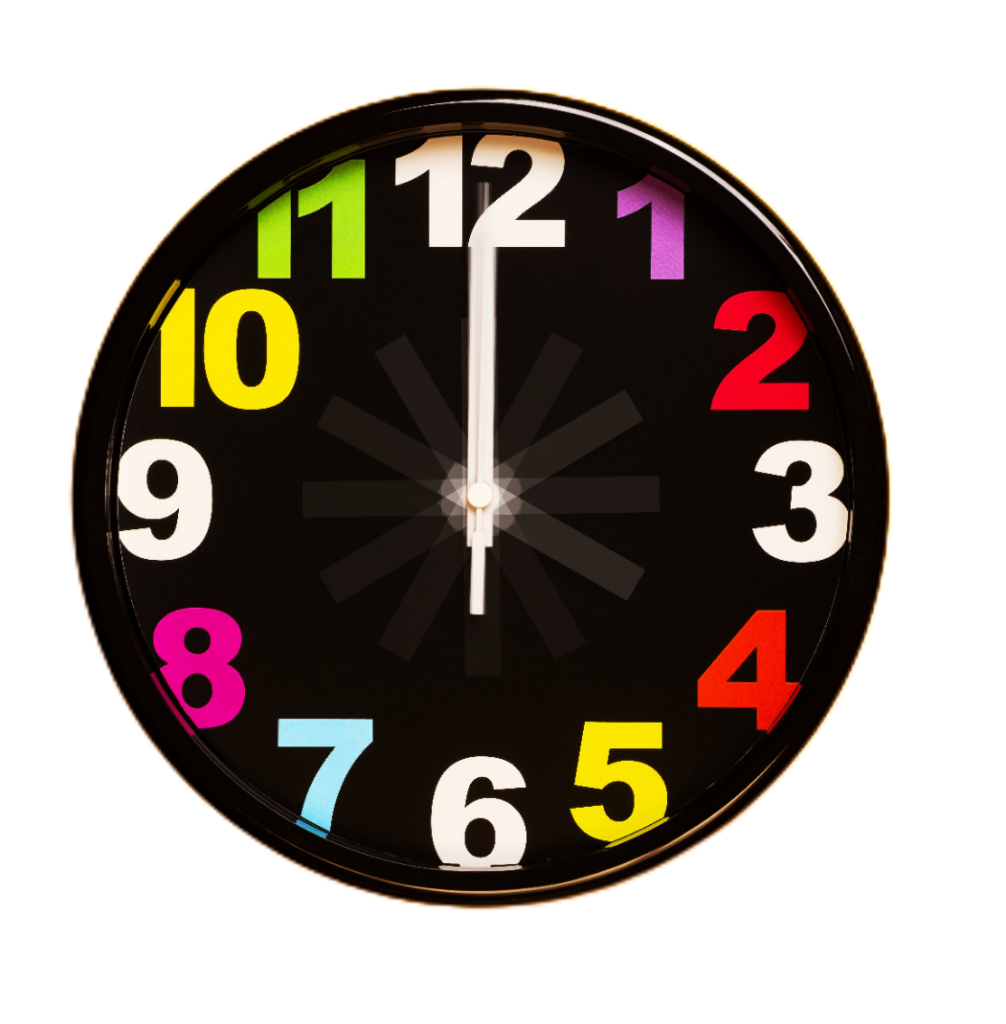
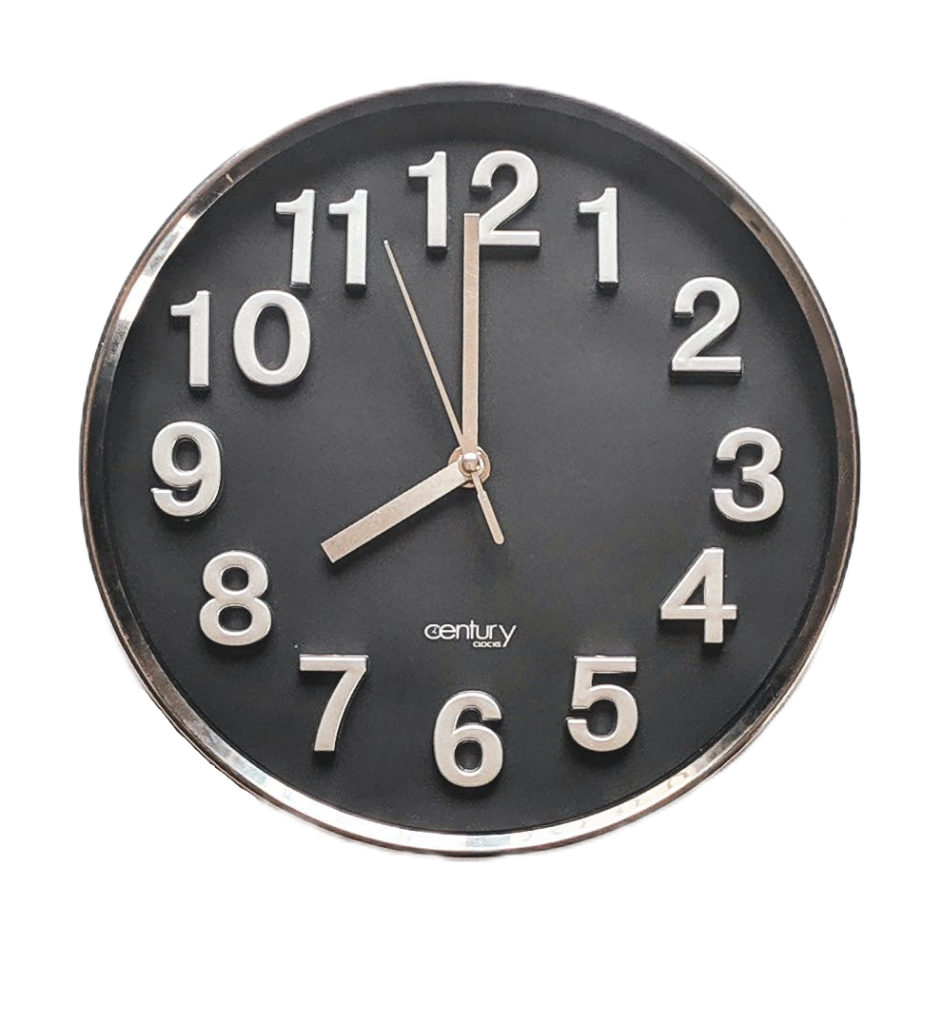
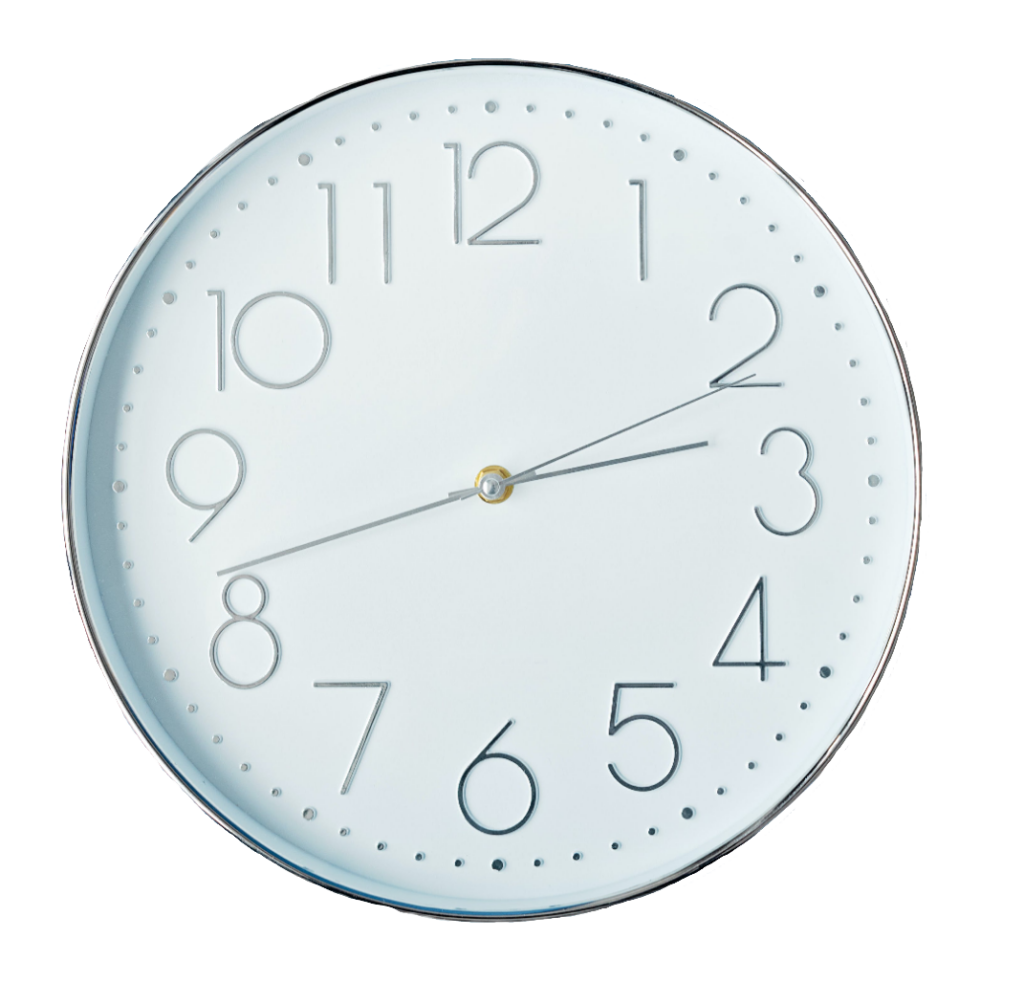
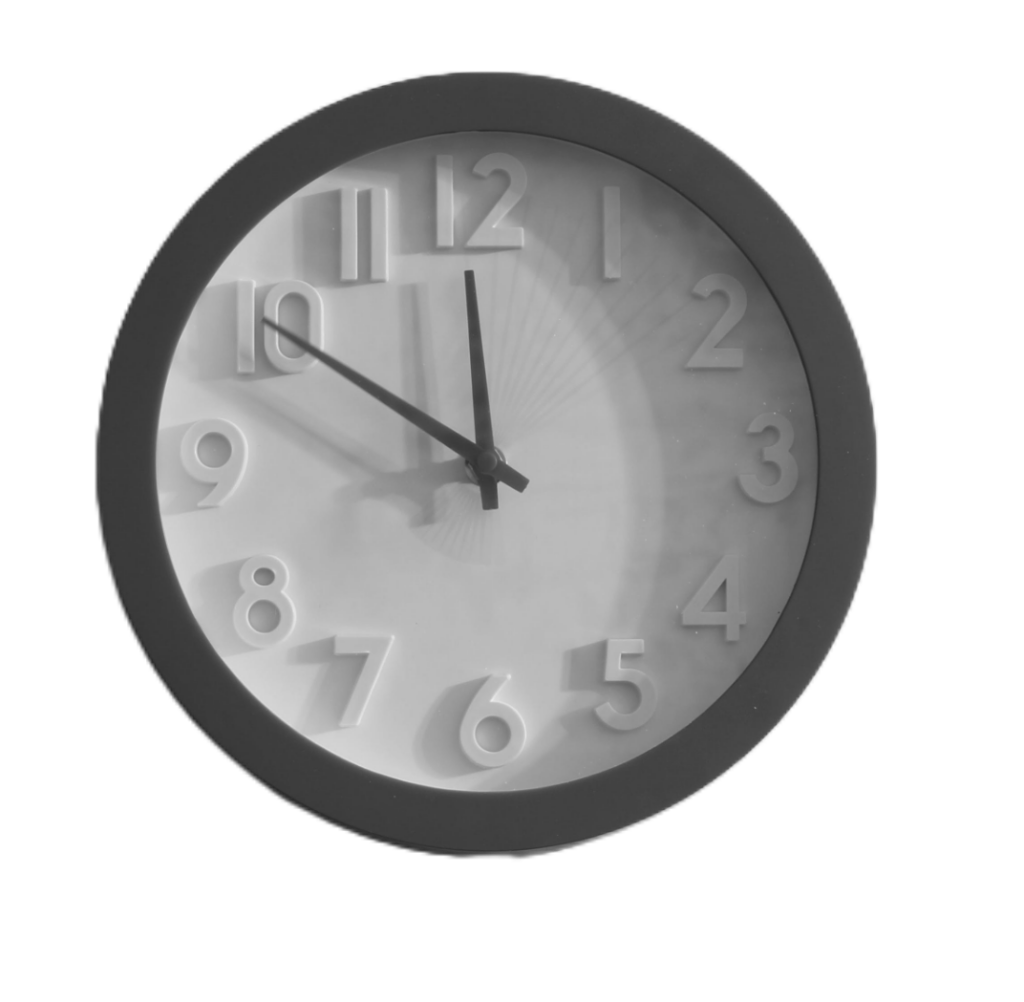


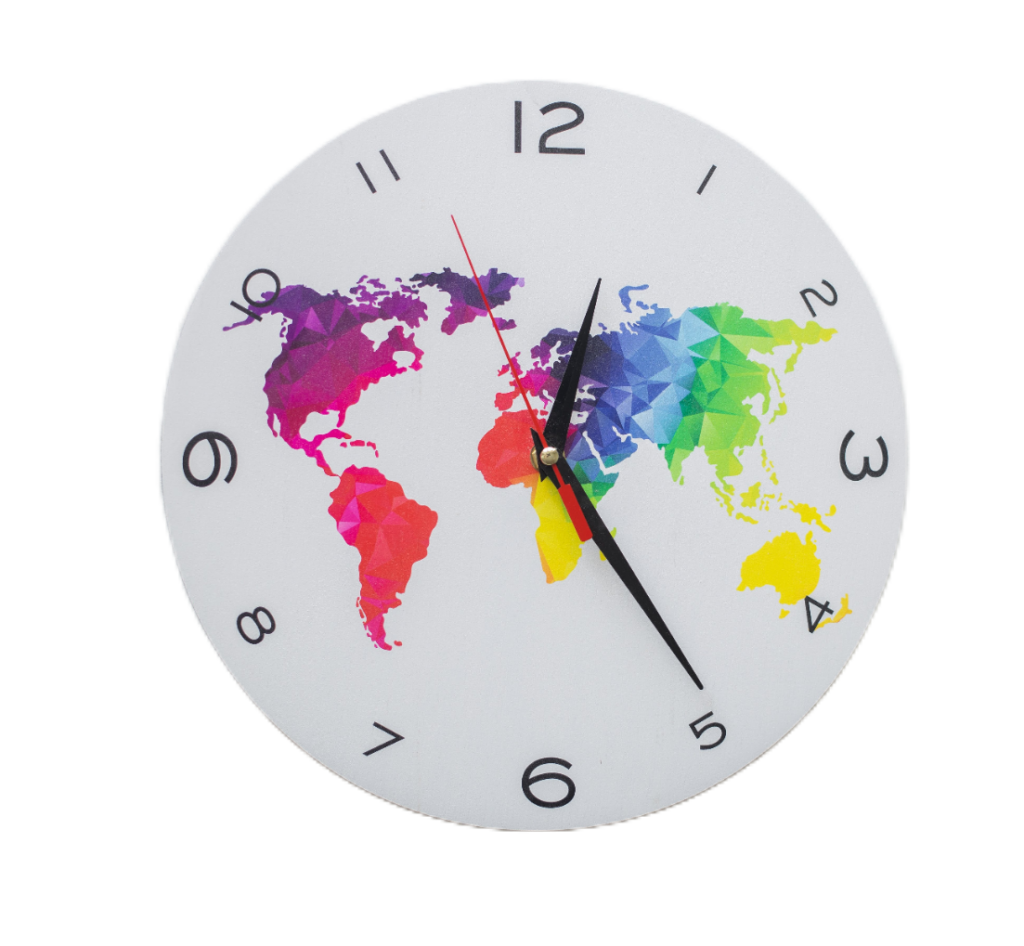
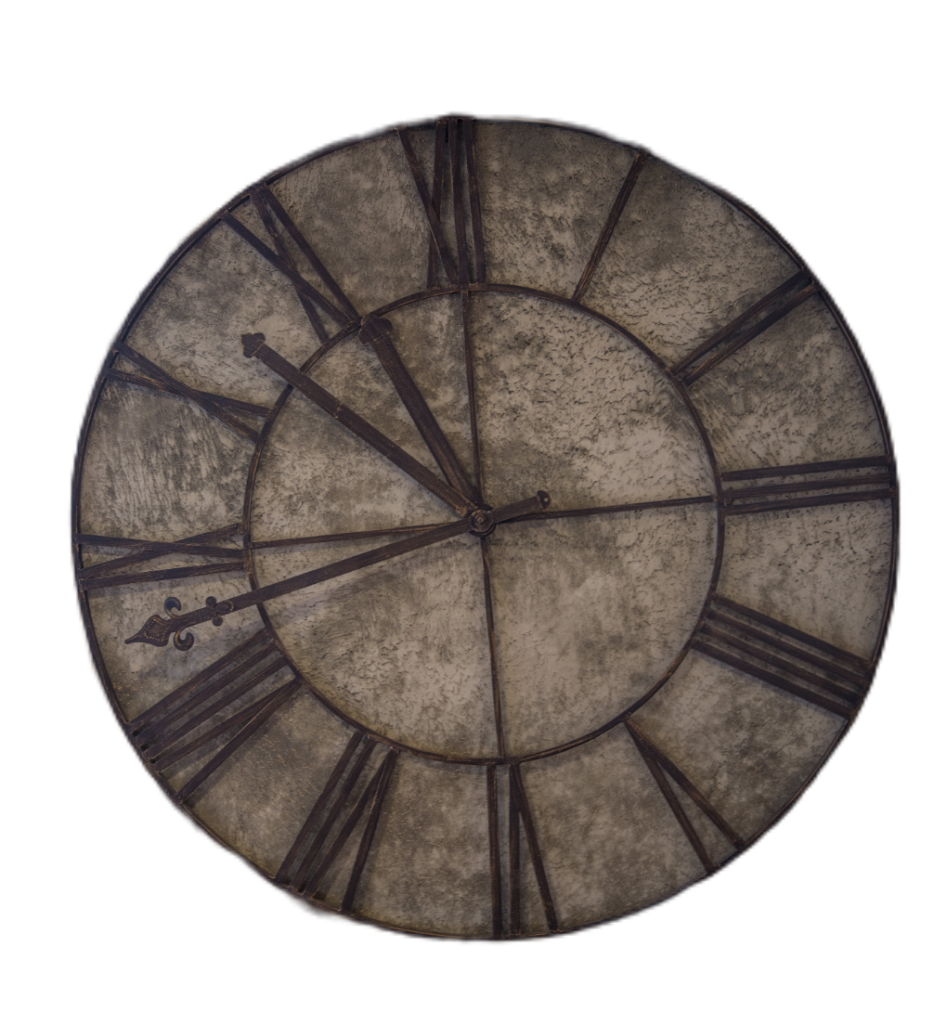
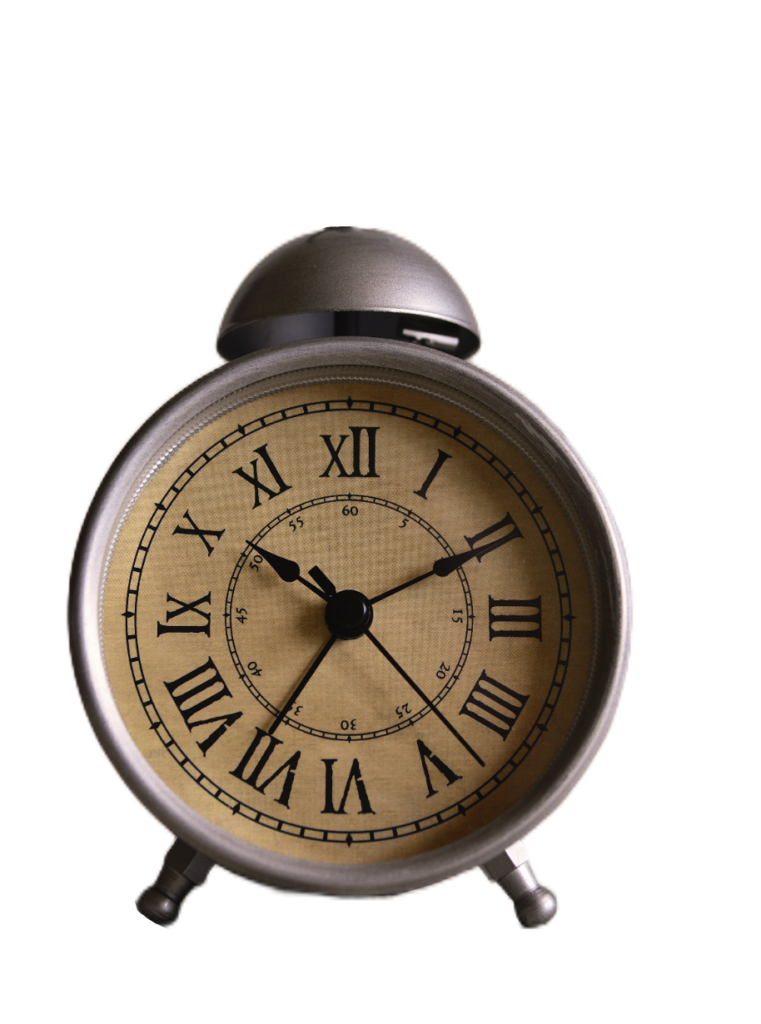
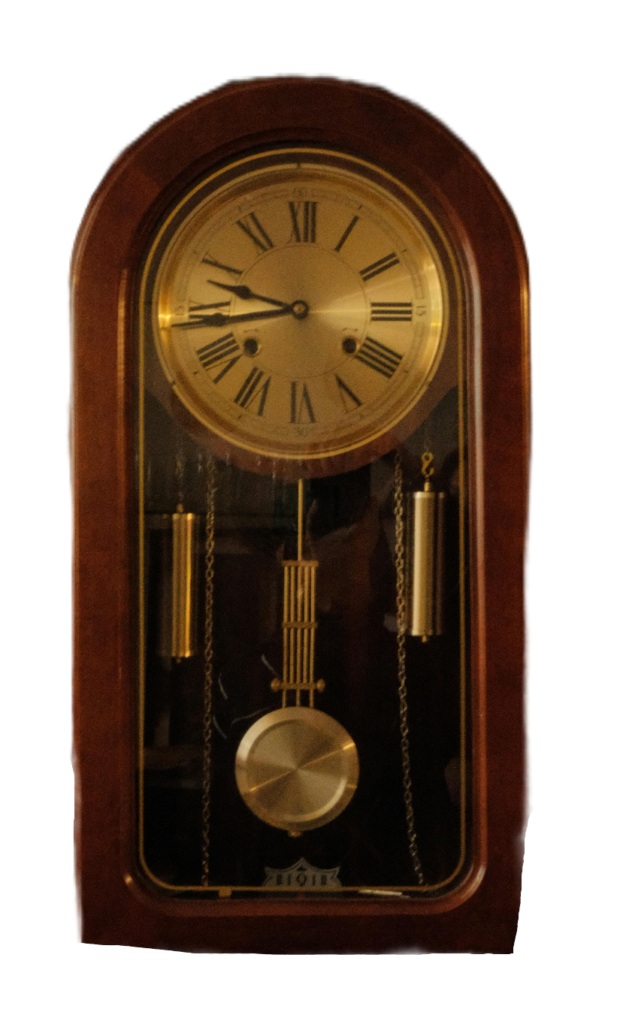
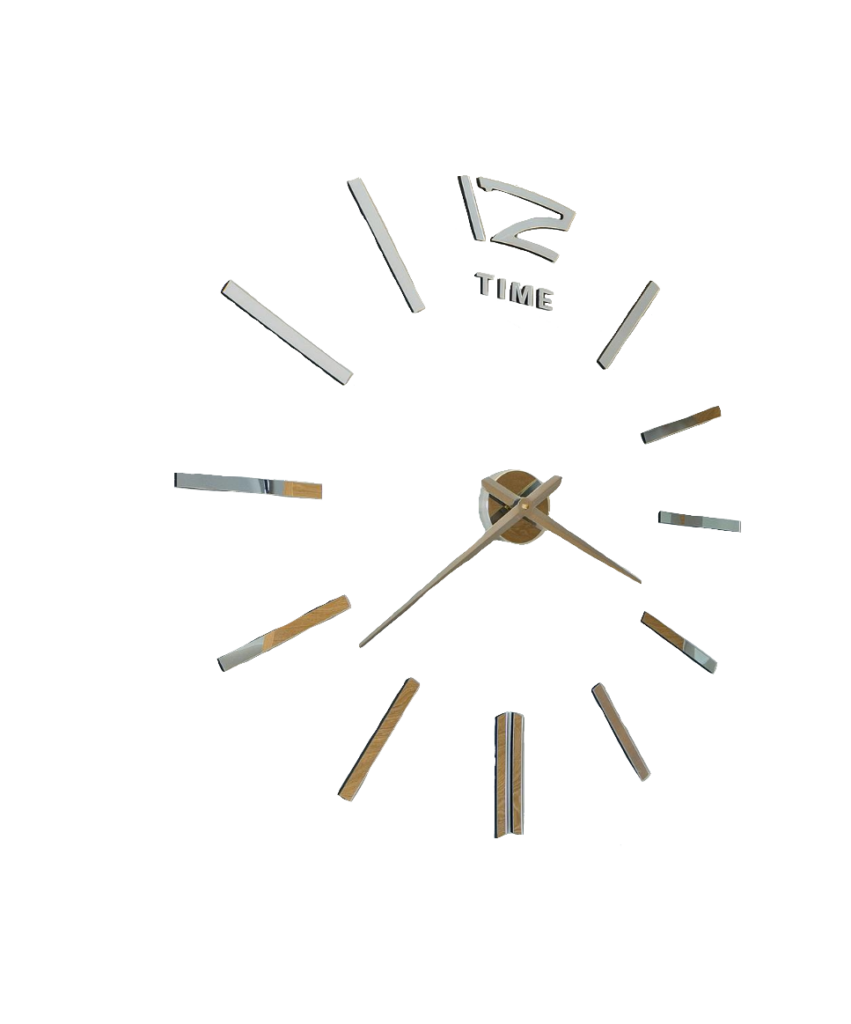
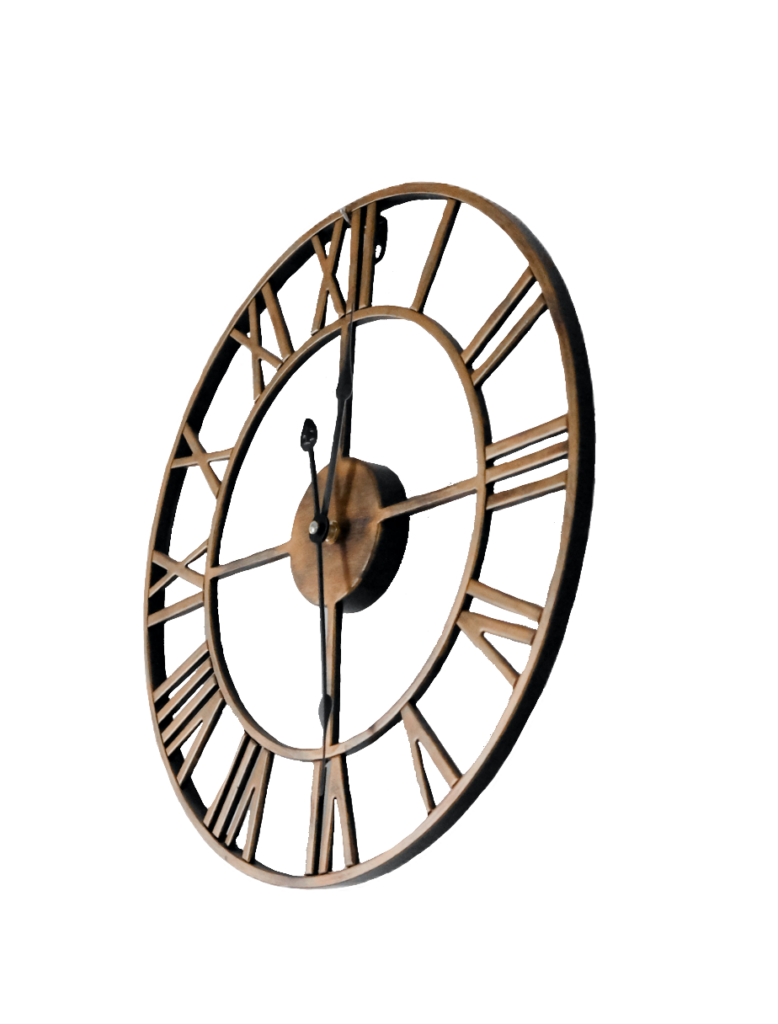
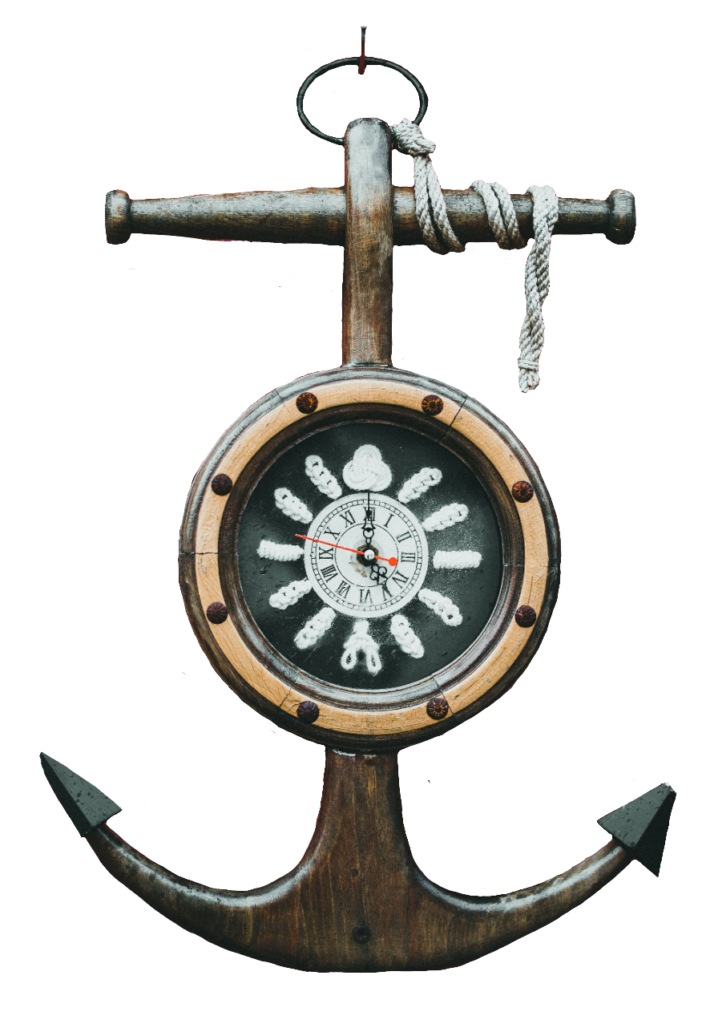
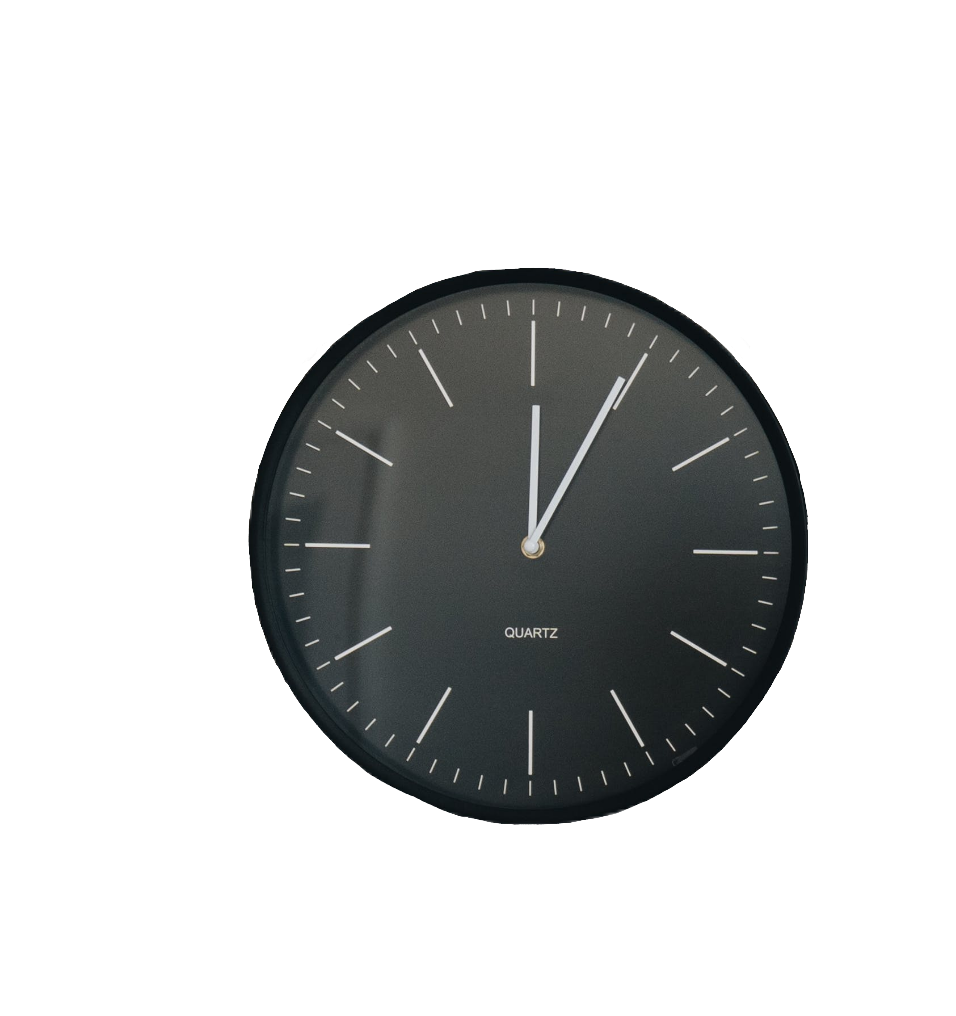
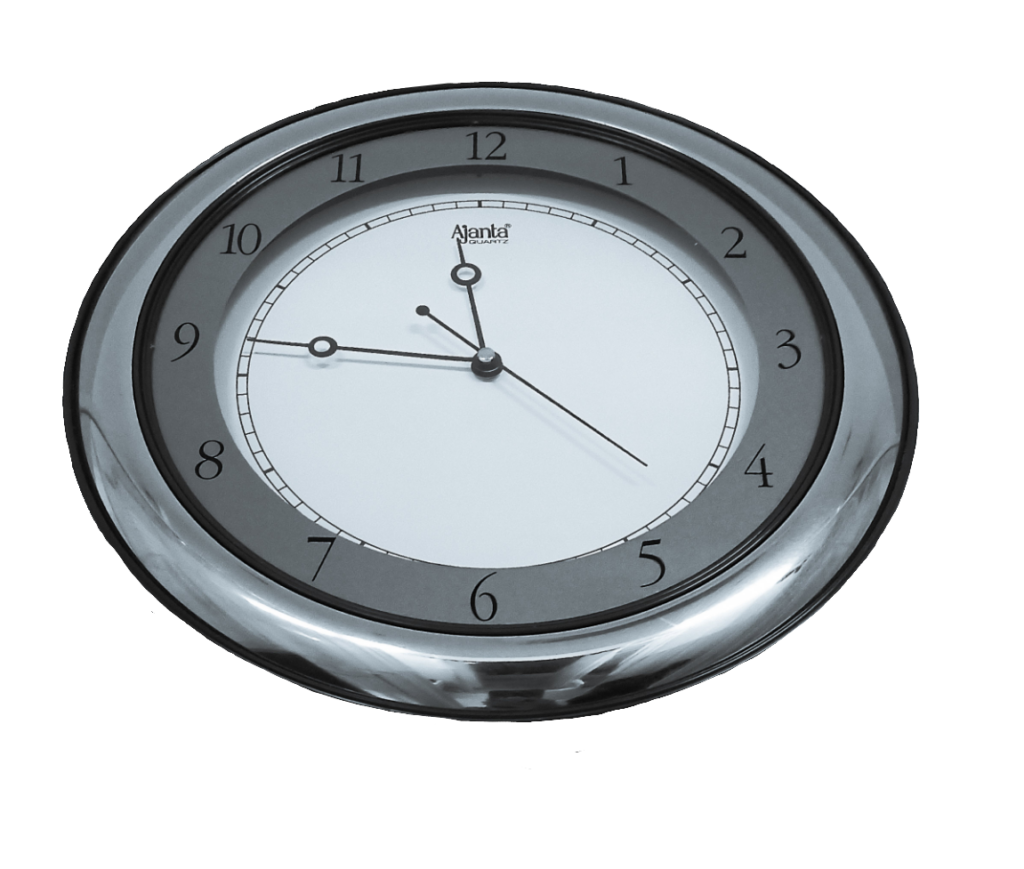
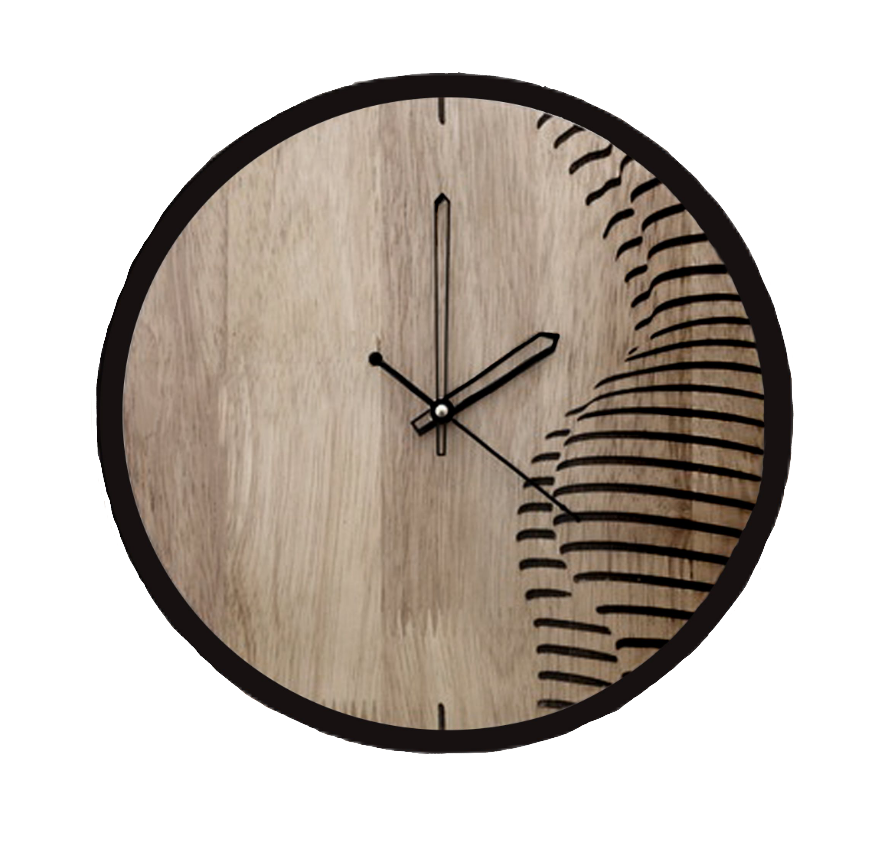
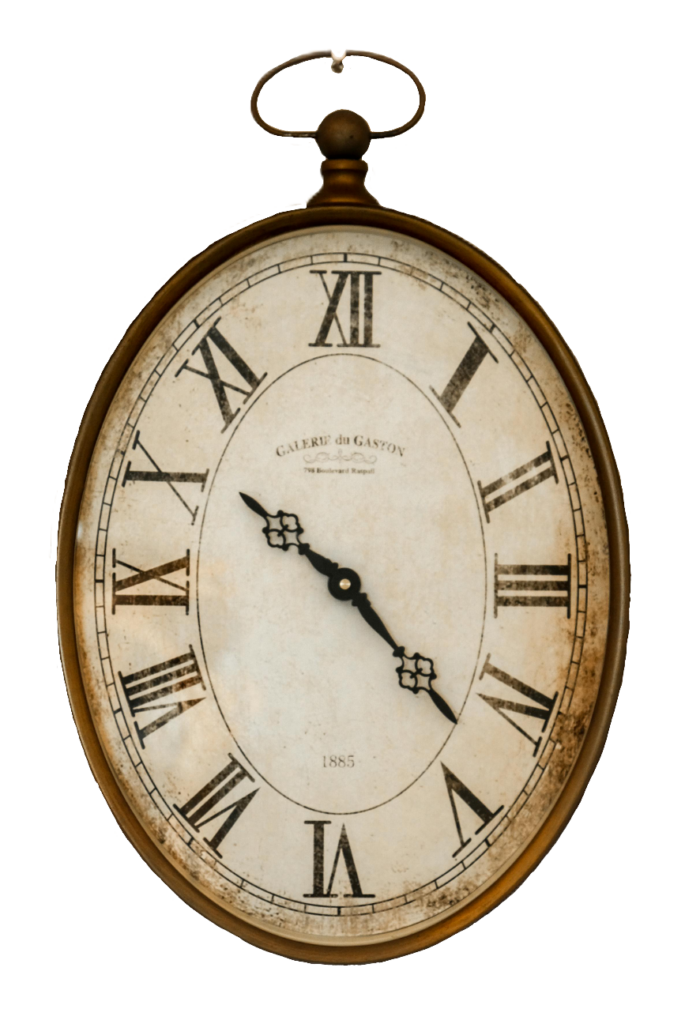
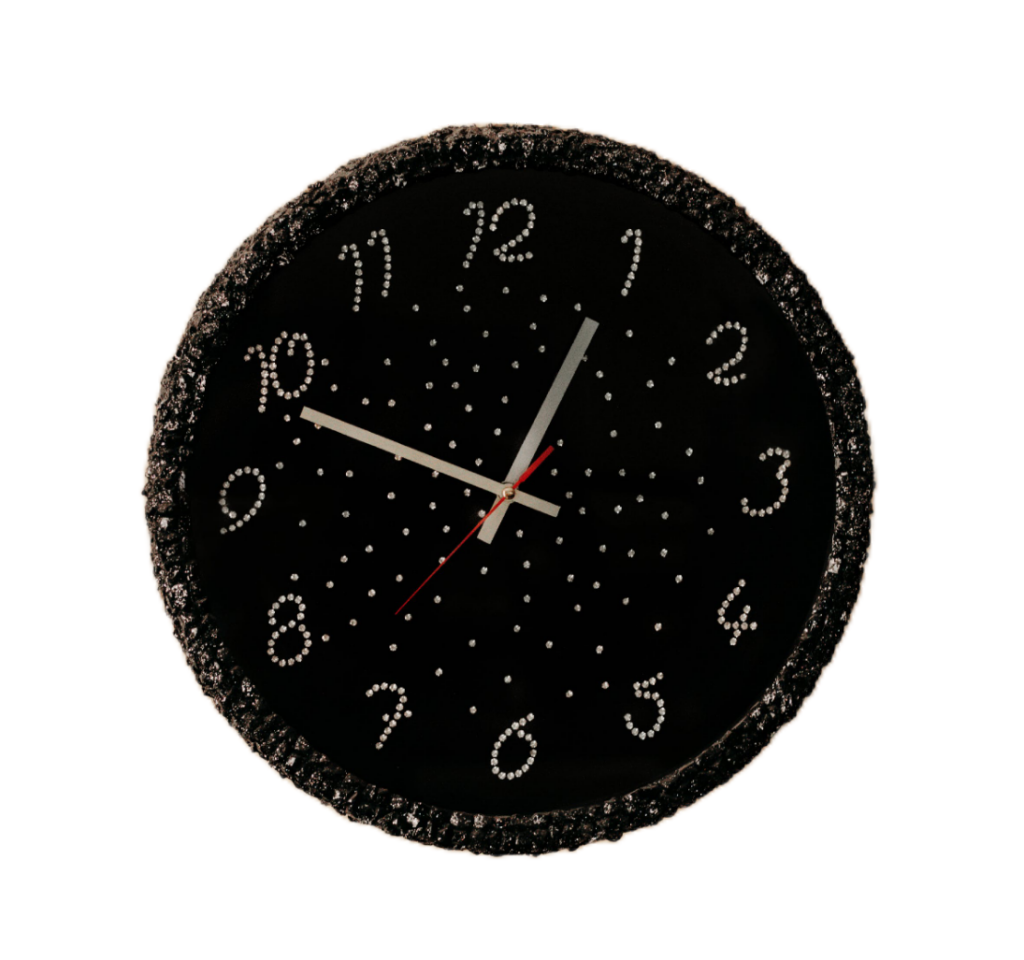
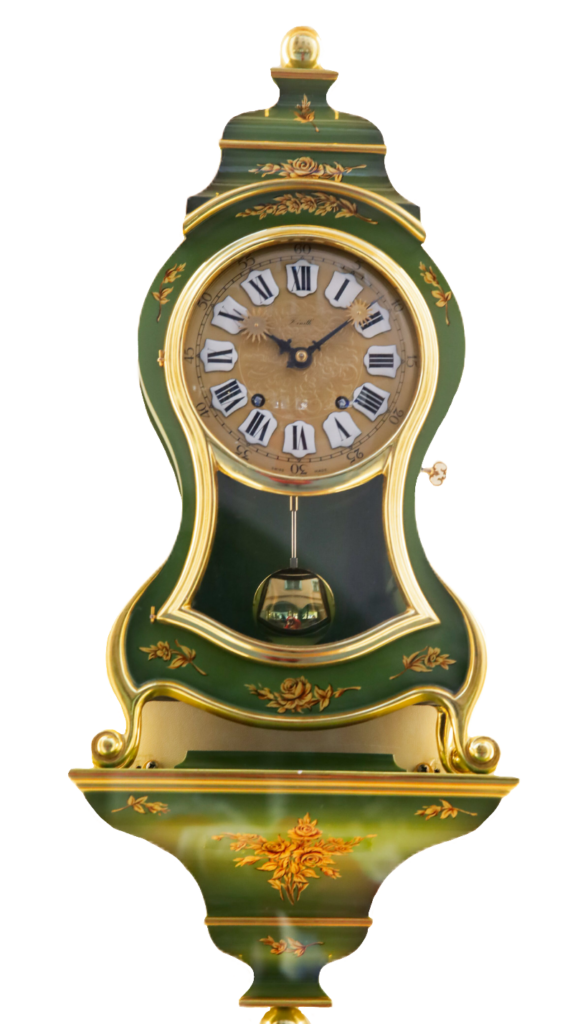
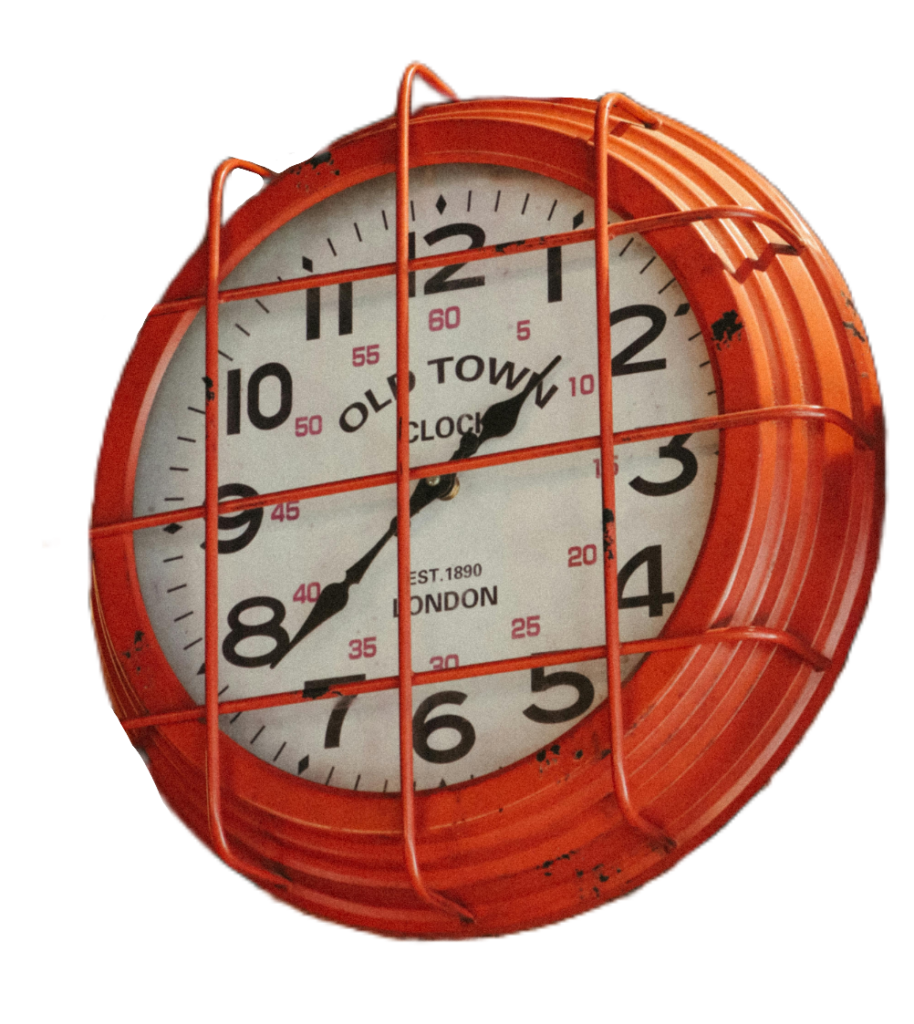
The history of clocks spans millennia, reflecting humankind’s unyielding fascination with measuring and recording the passage of time. From the early sundials that used the movement of the sun’s shadow to the atomic clocks that achieved unparalleled precision, these timekeeping devices have become an integral part of our daily lives.
The concept of time has been crucial to human civilization since its inception. Early civilizations, such as the Egyptians and the Babylonians, relied on primitive sundials to gauge the time of day based on the sun’s position. As societies developed, so did the need for more sophisticated timekeeping methods. Water clocks emerged in ancient Greece and Rome, using water flow to measure time more precisely. Over the centuries, mechanical clocks with gears and weights became commonplace in churches and public squares, ringing out the hours and signaling the rhythm of life.
With the advent of the Industrial Revolution, clocks became essential tools for coordinating labor and transportation schedules. The synchronized clocks throughout factories and train stations ensured that people adhered to rigid timetables, increasing efficiency and productivity. Time became a valuable and finite resource, leading to the famous phrase, “Time is money.”
The 20th century saw a significant shift in timekeeping technology with the rise of electronic and digital clocks. The quartz clock, invented in the 1920s, revolutionized timekeeping accuracy. Using the natural vibrations of quartz crystals, these clocks offered remarkable precision and eventually replaced traditional mechanical timepieces in homes and workplaces.
The electronic age brought about a proliferation of digital clocks, from bedside alarm clocks to LED displays on microwaves and ovens. Digital clocks offer unparalleled readability and ease of use. They allowed individuals to set precise timers and alarms, further enhancing their control over time.
The pursuit of even greater accuracy led to the development of atomic clocks. Based on the oscillations of atoms, these clocks achieved precision previously thought impossible. Atomic clocks are vital in global timekeeping systems, such as Coordinated Universal Time (UTC), critical for international communication, navigation, and scientific research.
Clocks have transcended their practical roles and become symbols of human ingenuity and progress. They have become fixtures in our cultural expressions, featuring prominently in idioms and proverbs that reflect the significance of time in our lives. For instance, “time flies” reminds us of the fleeting nature of moments, and “beat the clock” alludes to racing against time to complete a task.
Furthermore, clocks have found their way into art and design. Grand clocks adorned with intricate craftsmanship decorate public spaces and architectural landmarks, serving as functional timekeepers and works of art. In literature and films, clocks often symbolize the passage of time and the fleeting nature of life, evoking a sense of nostalgia or urgency.
However, amidst all the advancements and symbolism, clocks have also invited contemplation about the pace of modern life. The relentless ticking of seconds, minutes, and hours can accentuate the pressure to keep up with the fast-paced world. With its constant connectivity, the digital age has blurred the boundaries between work and personal time, making it crucial to strike a balance and find moments of respite.
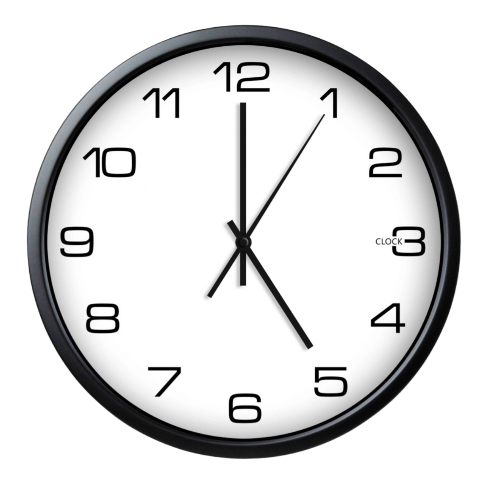



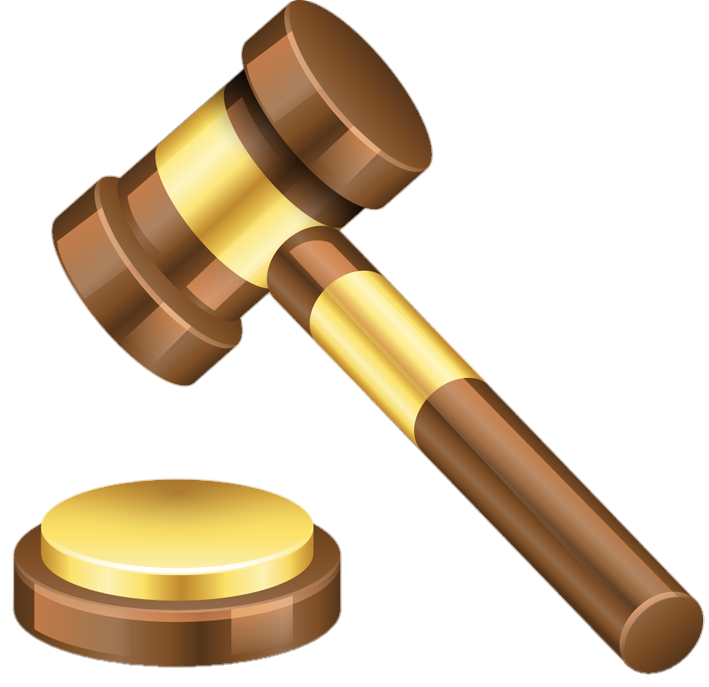
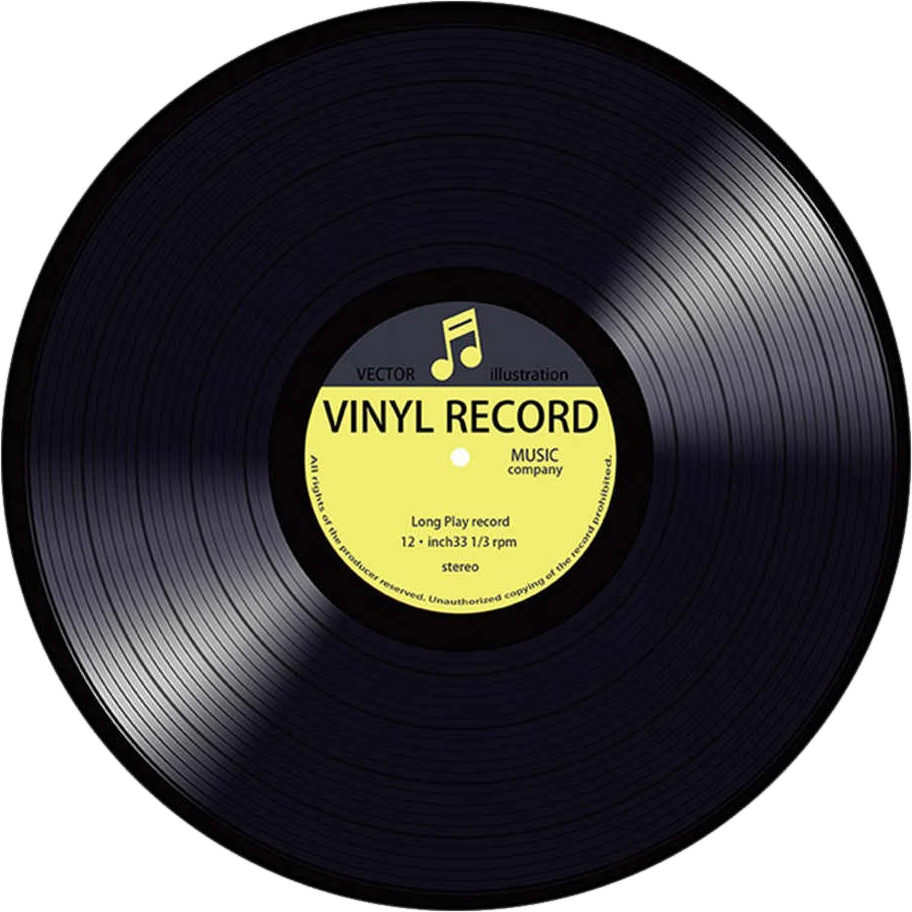
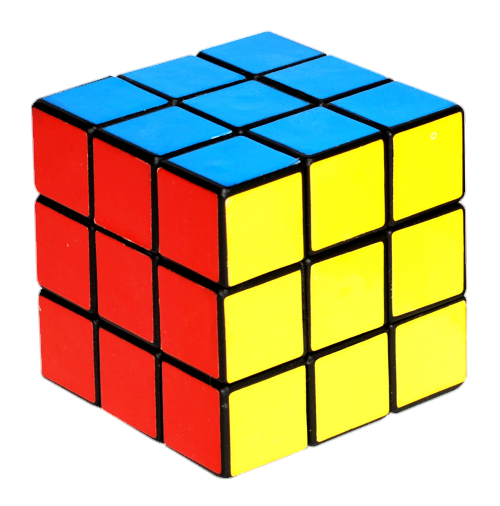
Leave a Comment